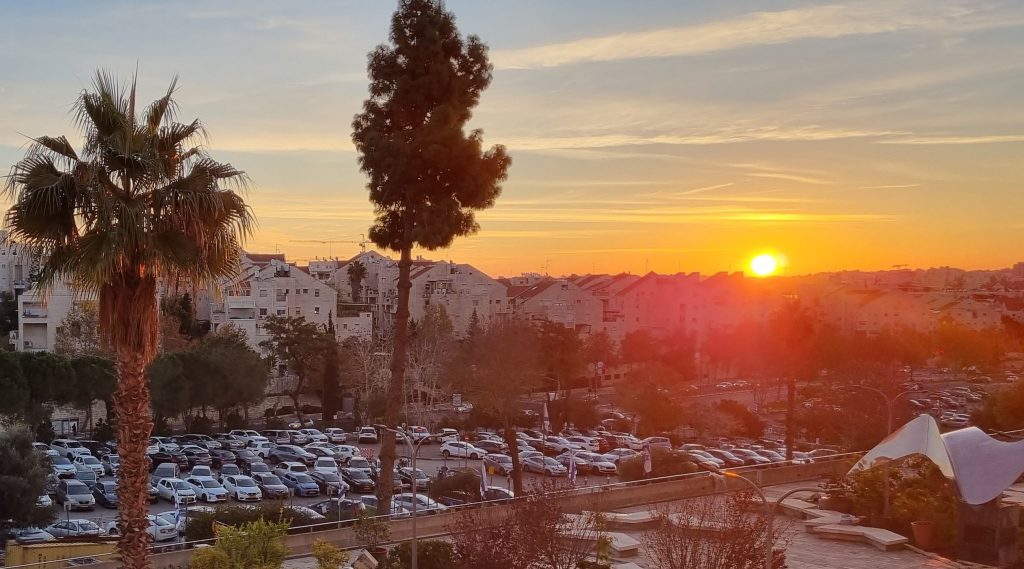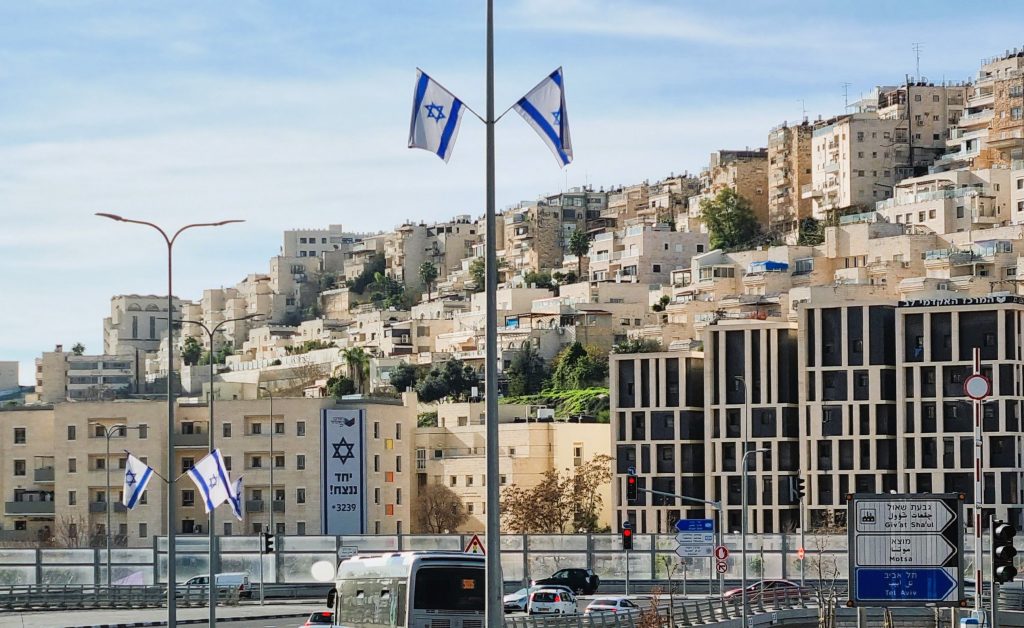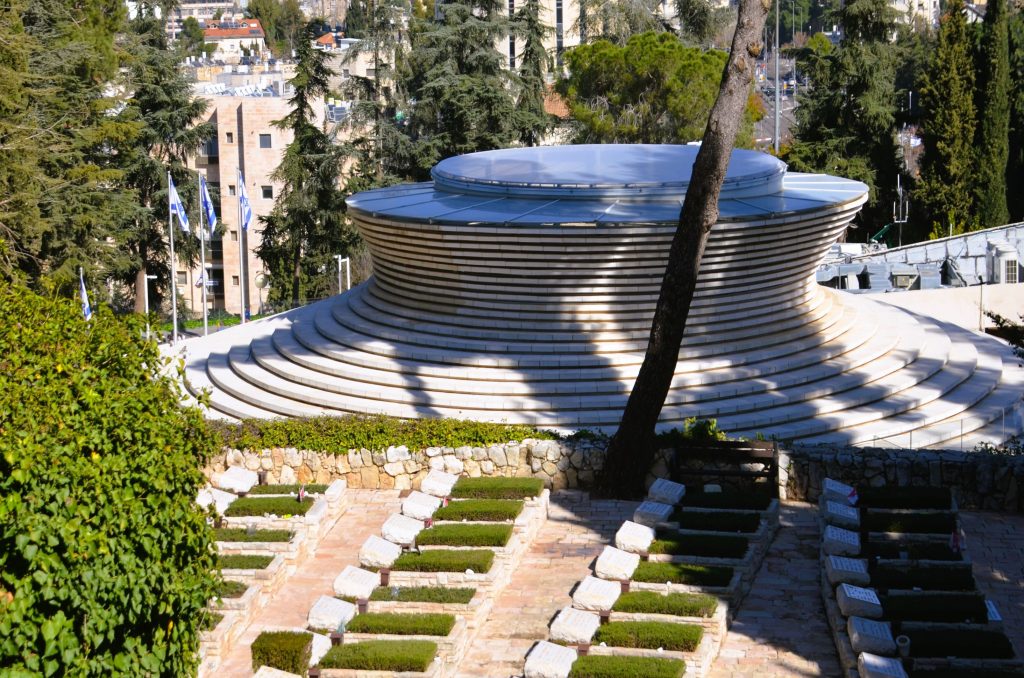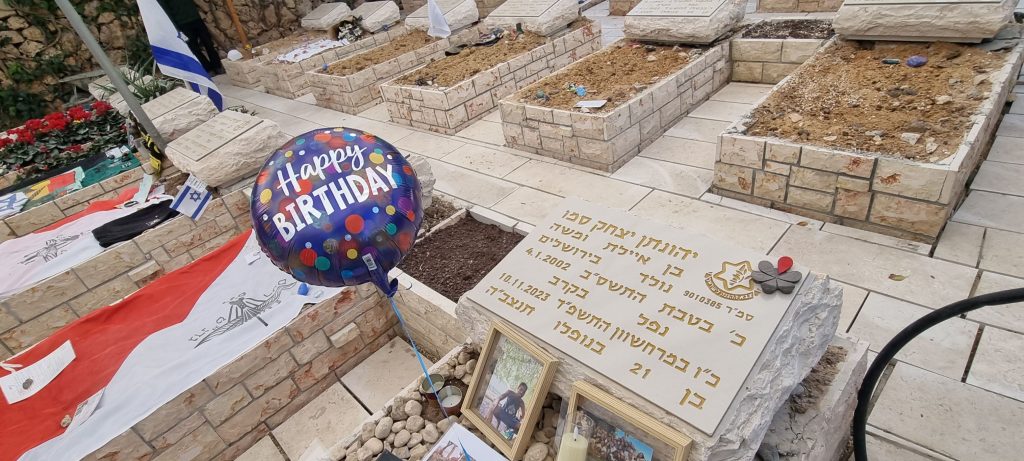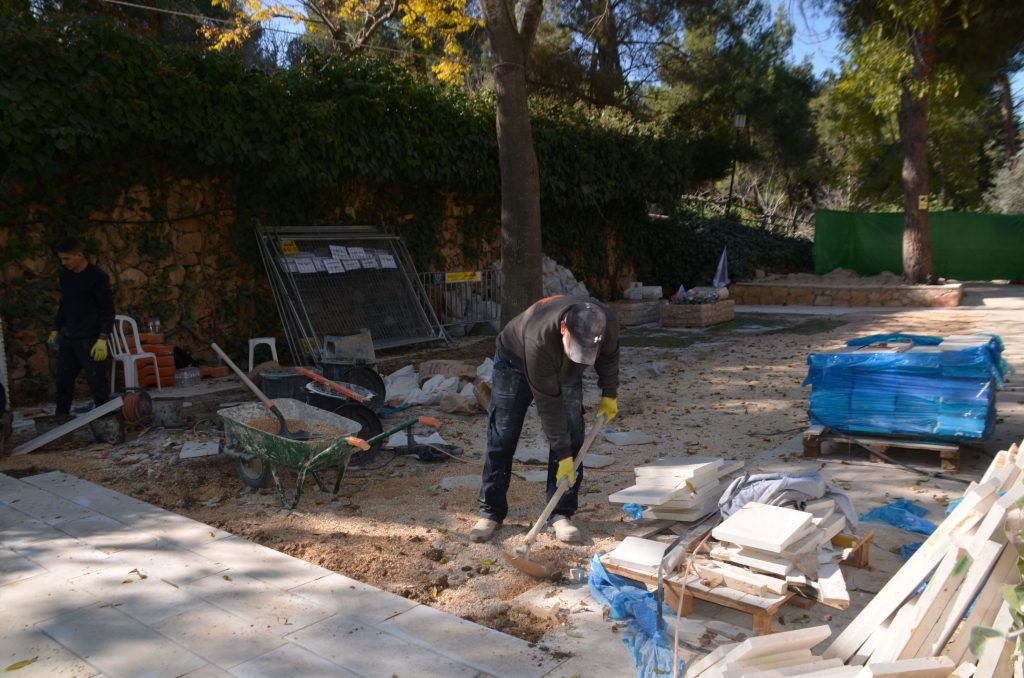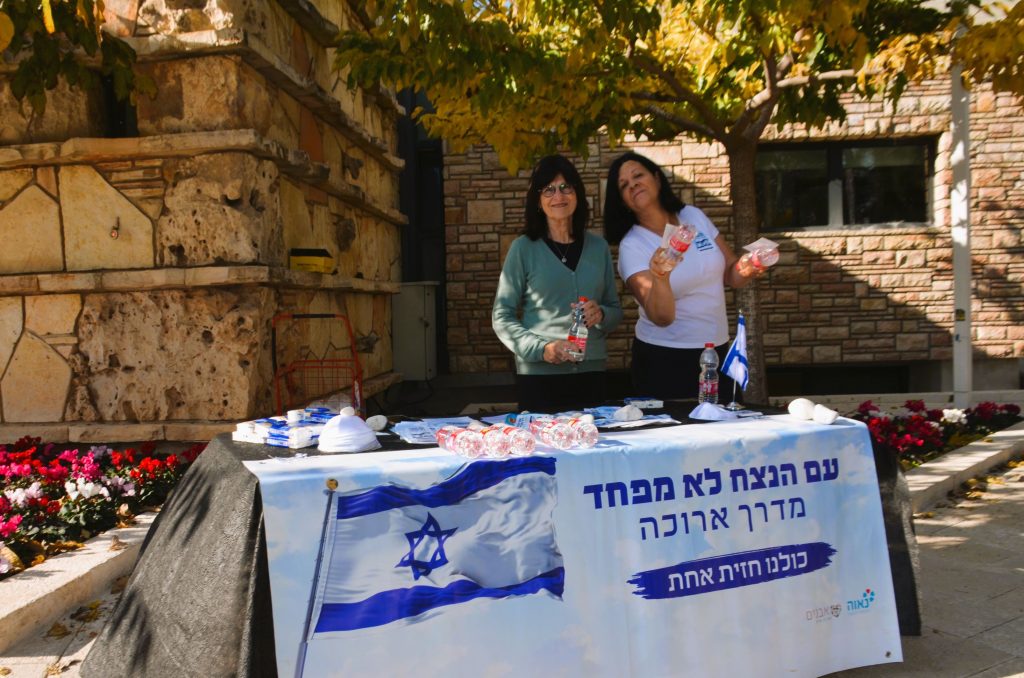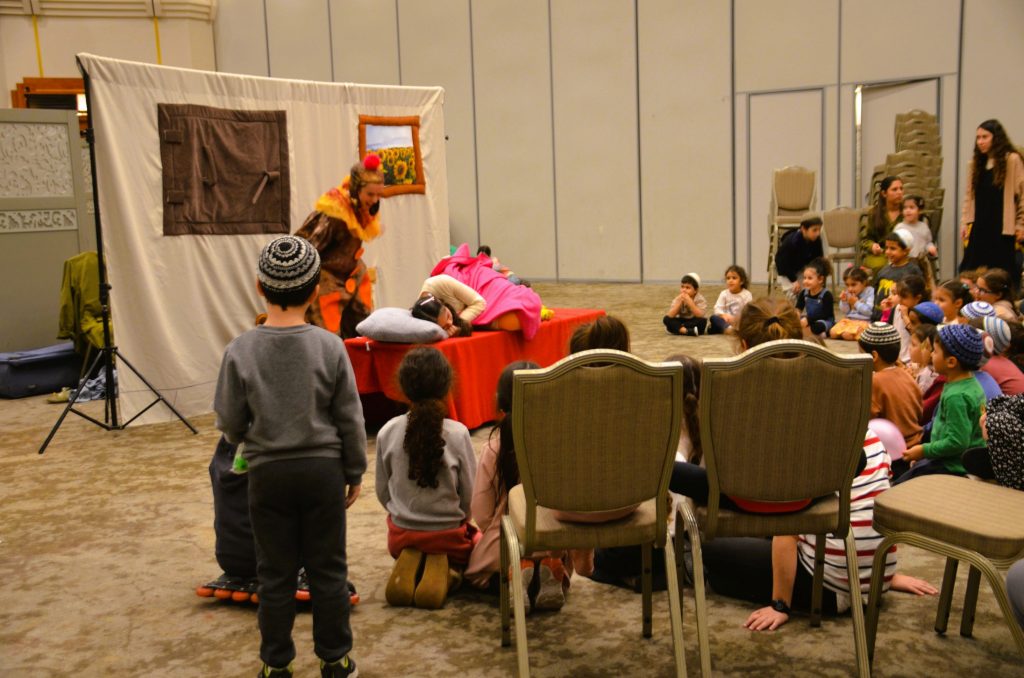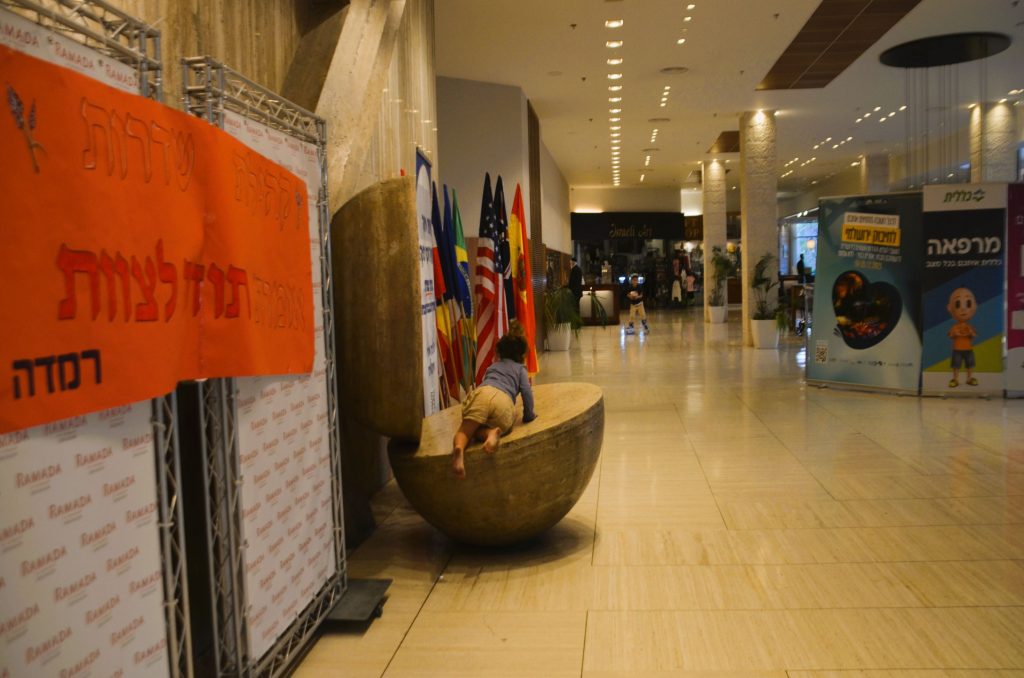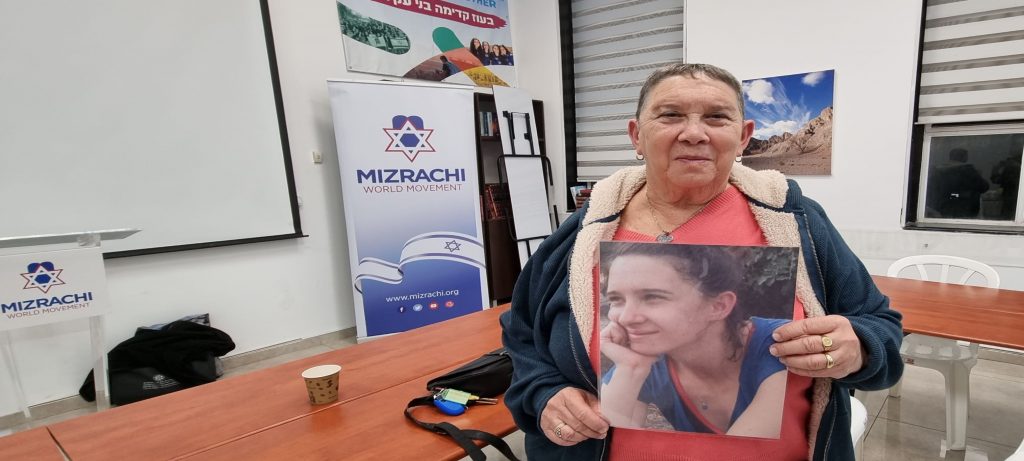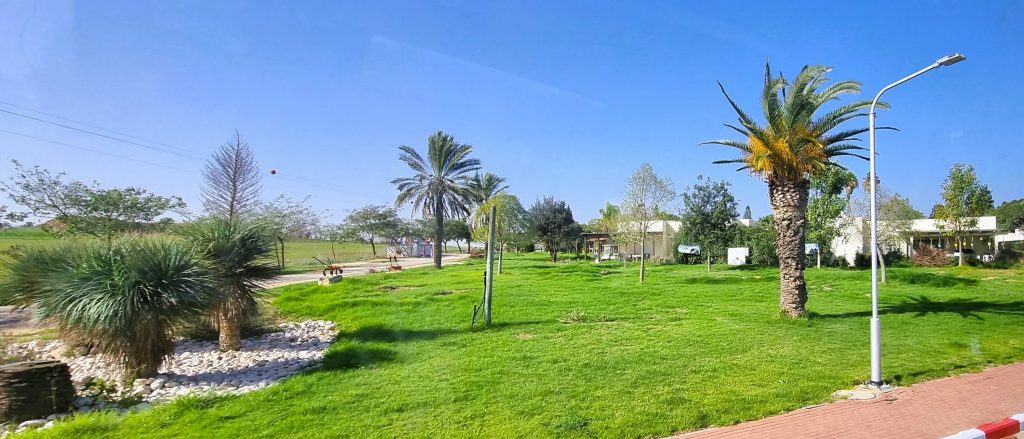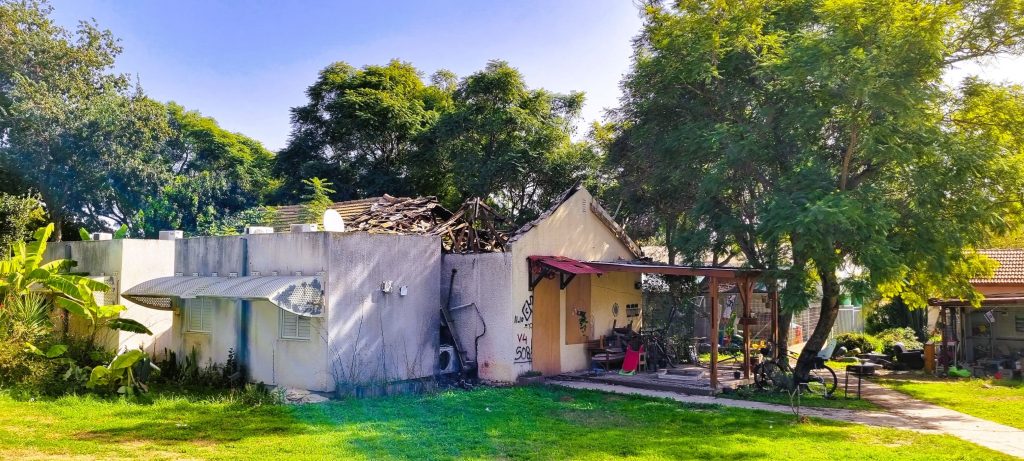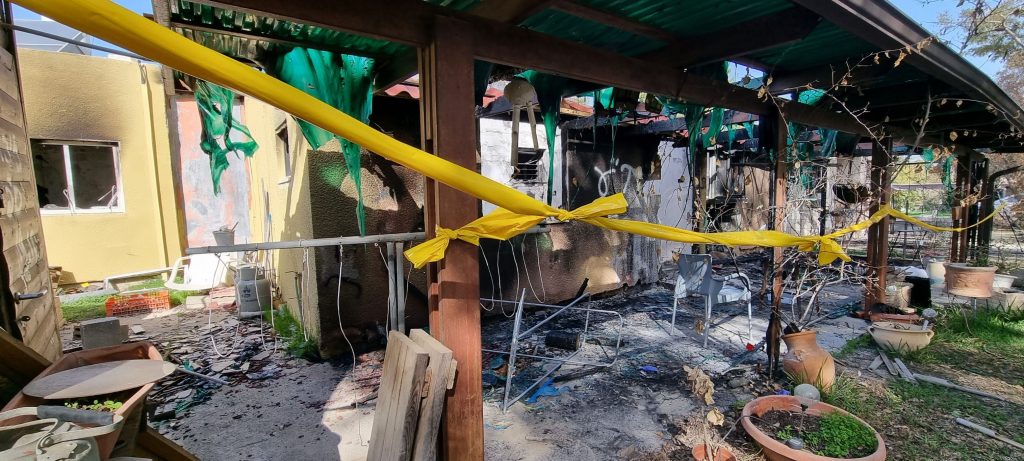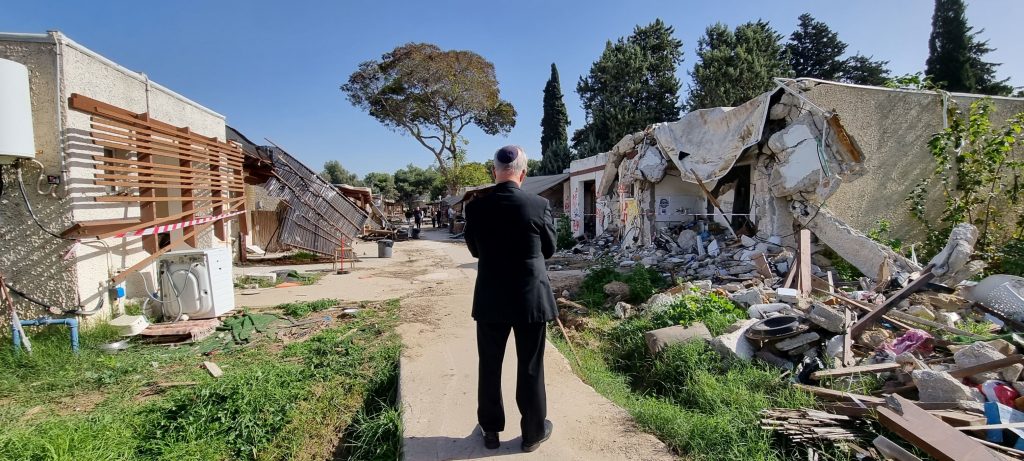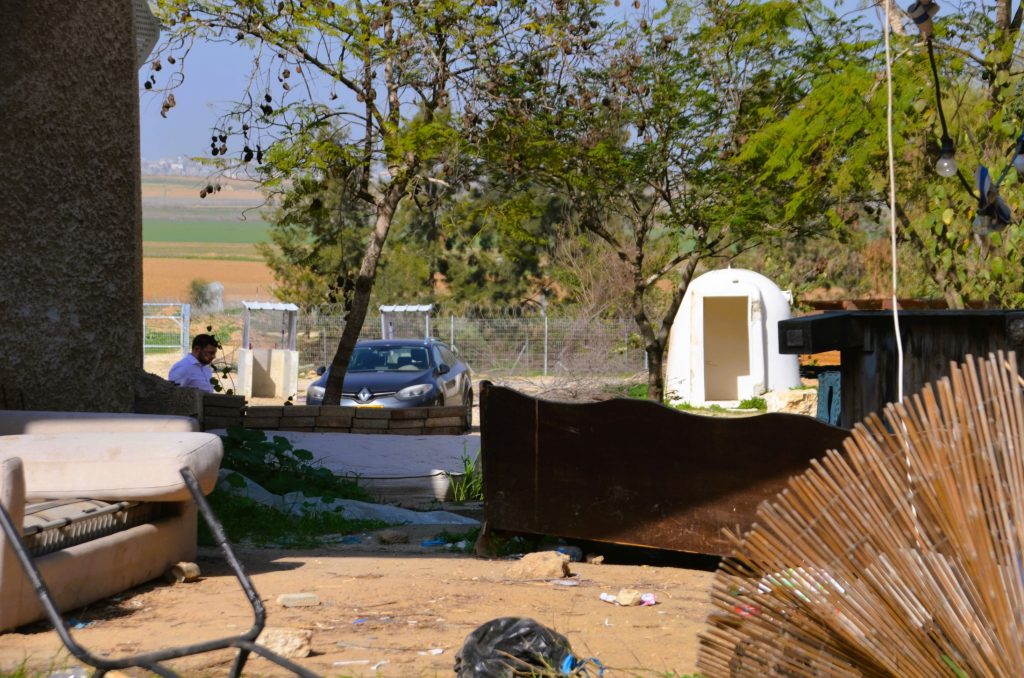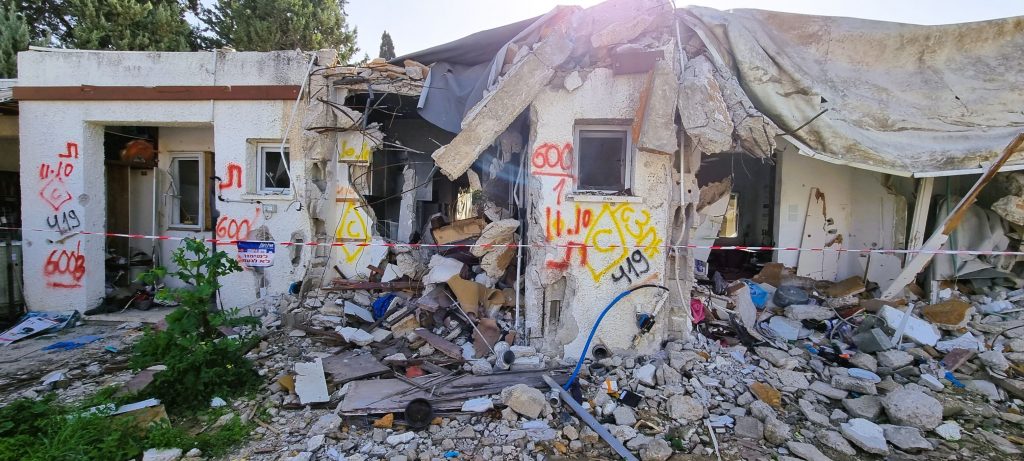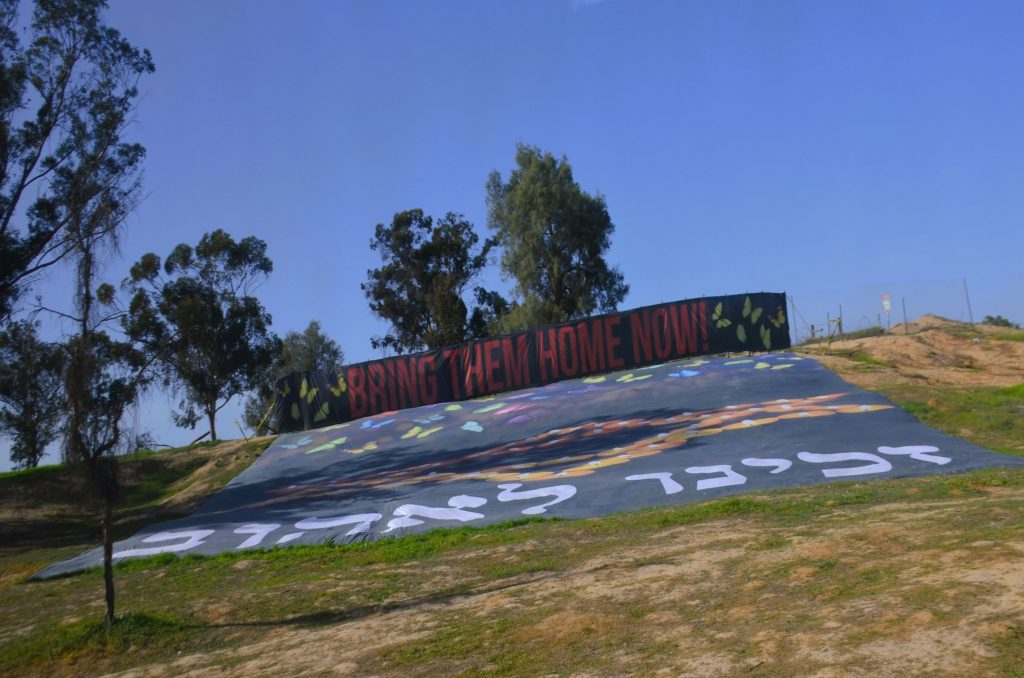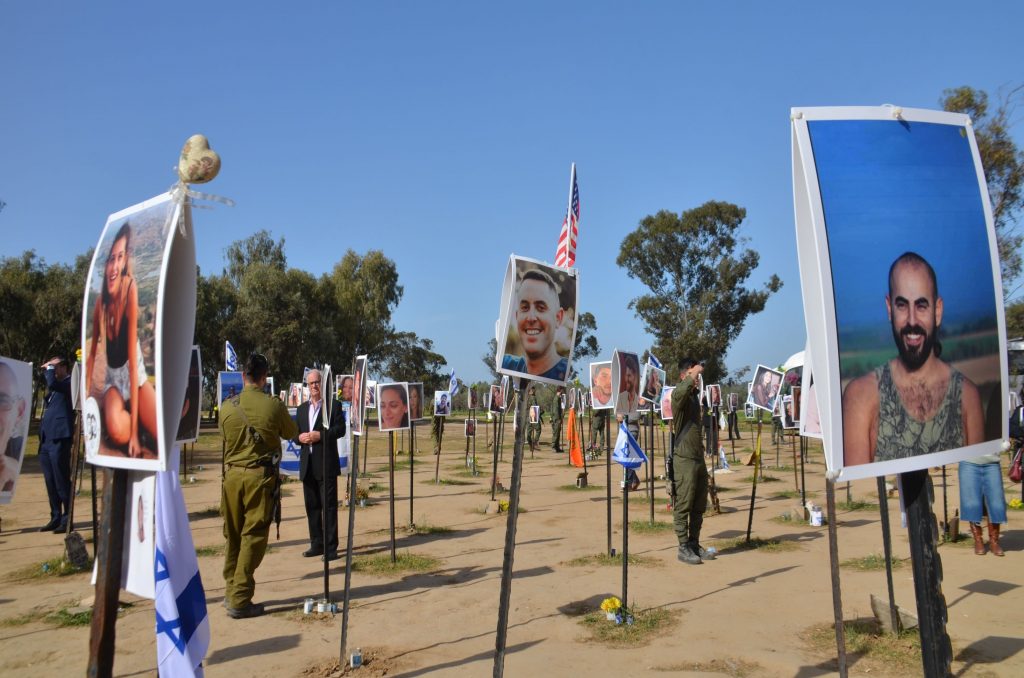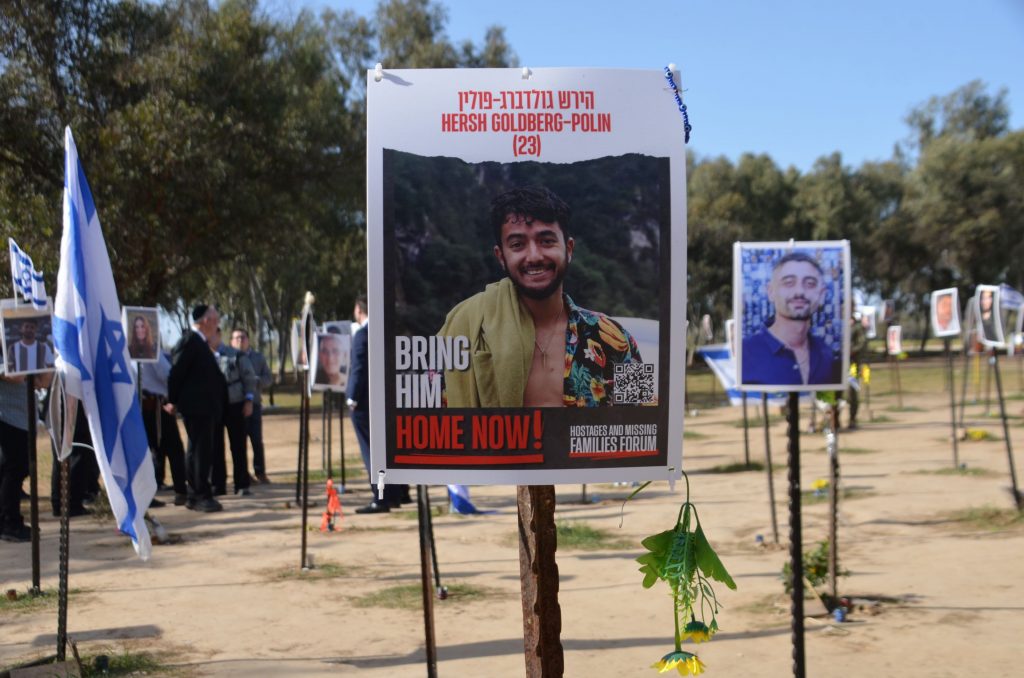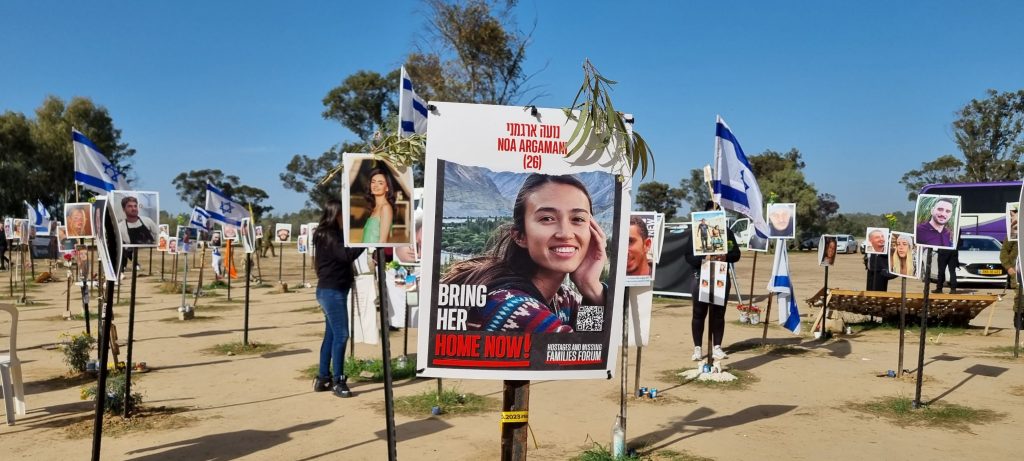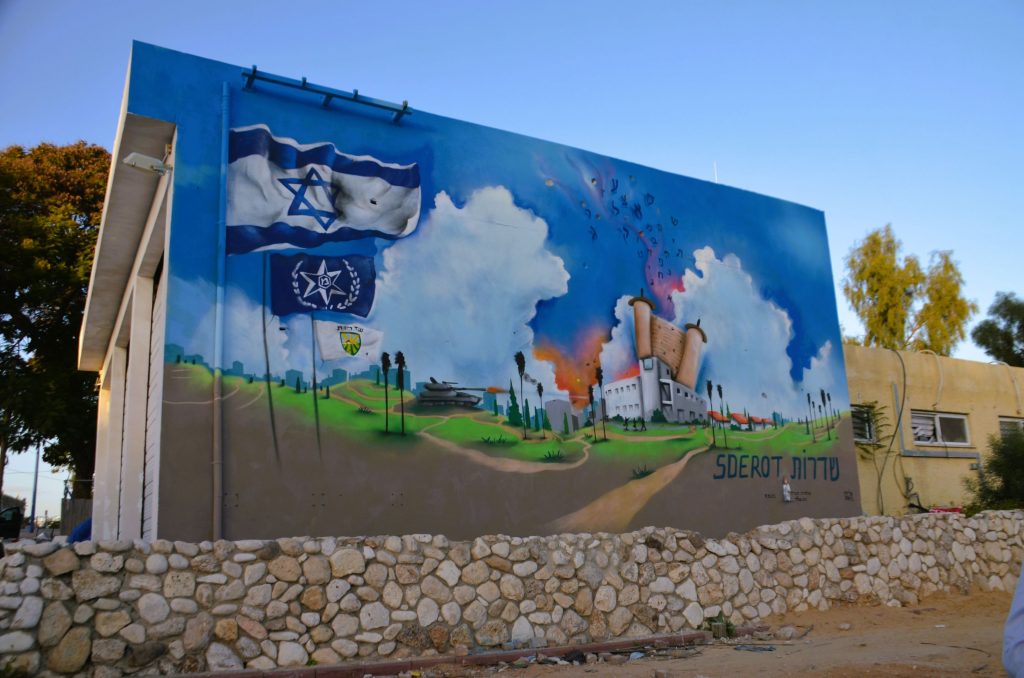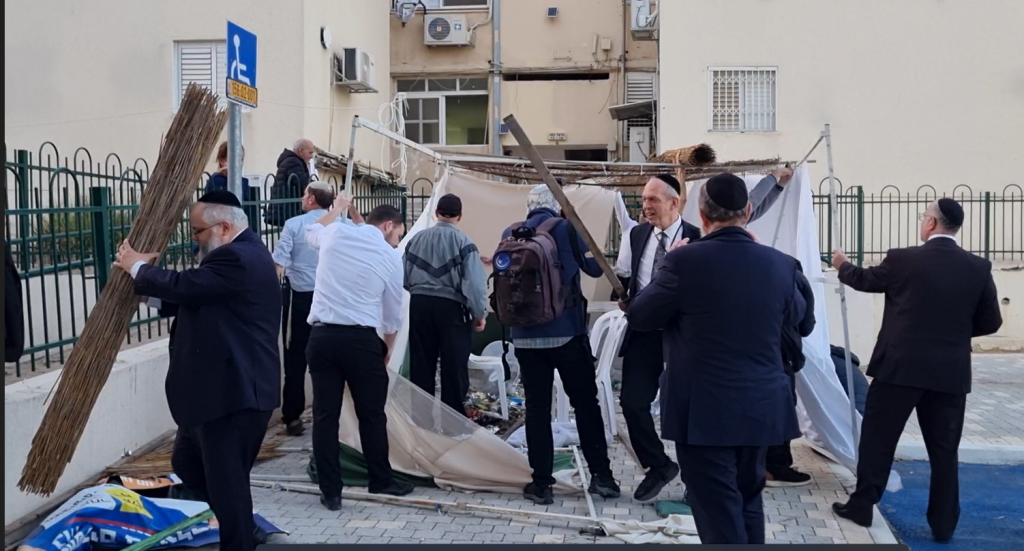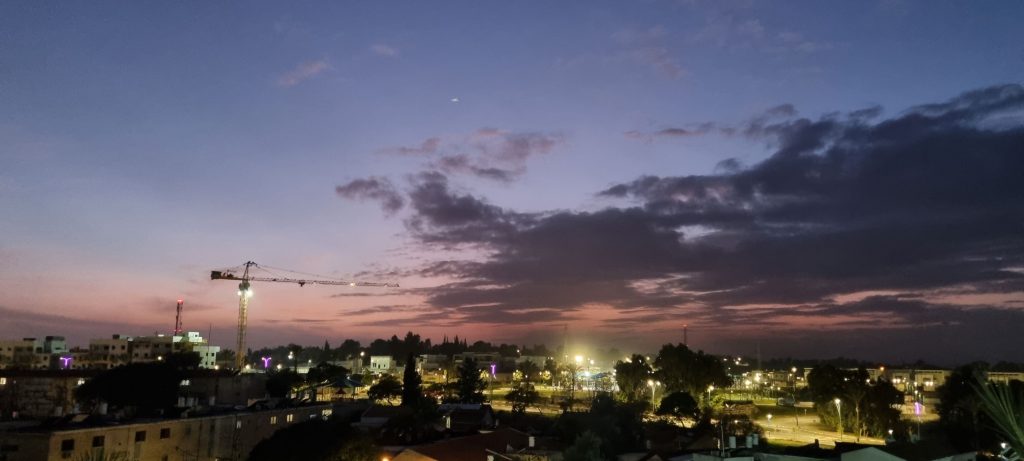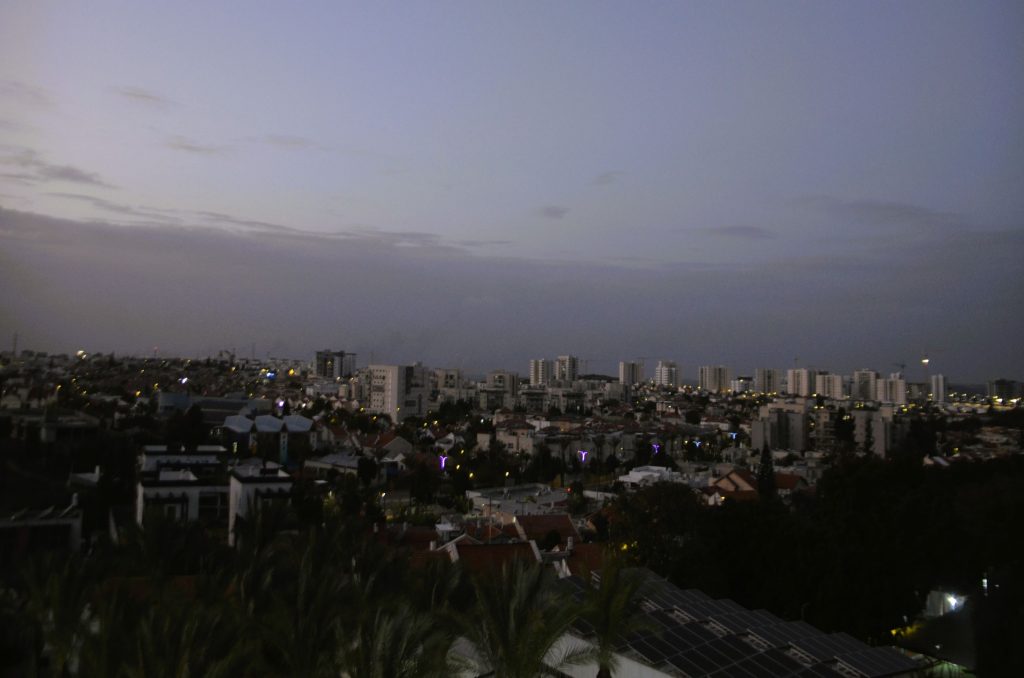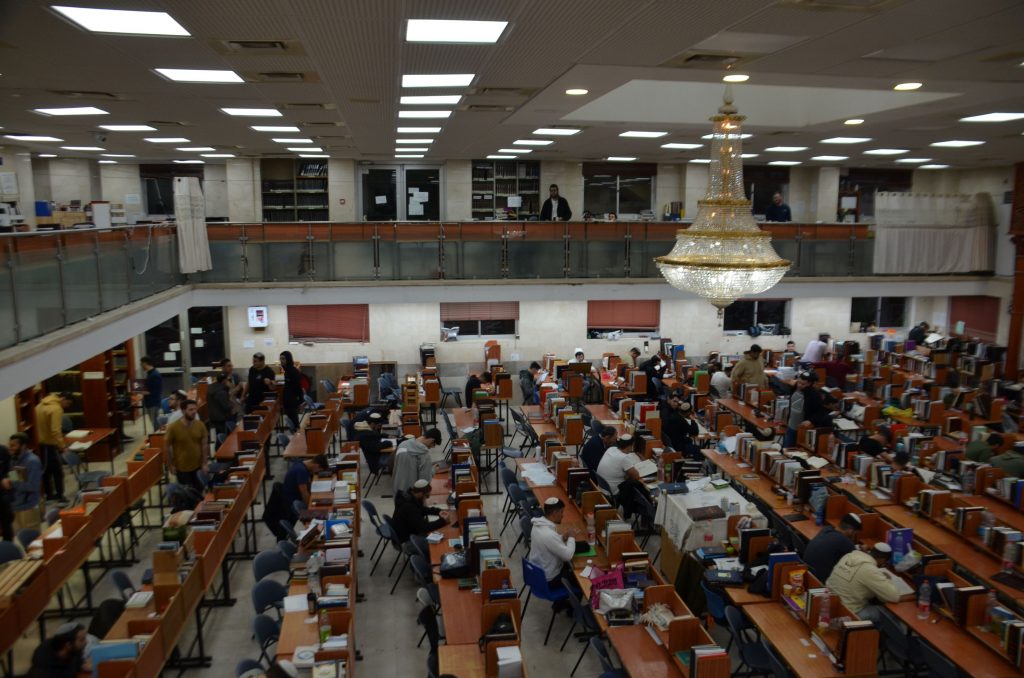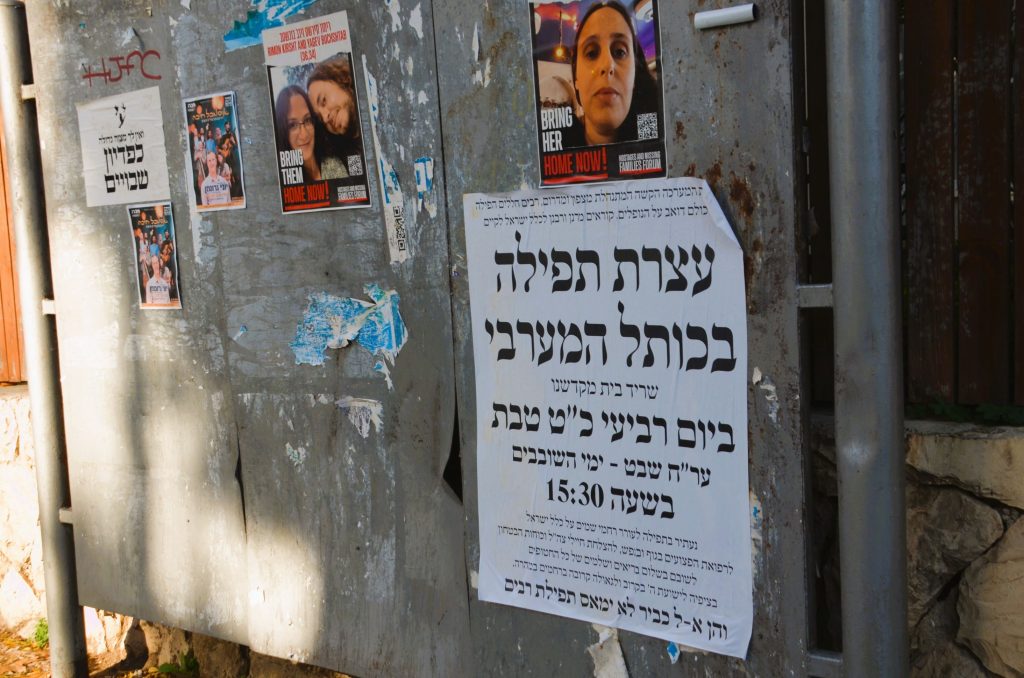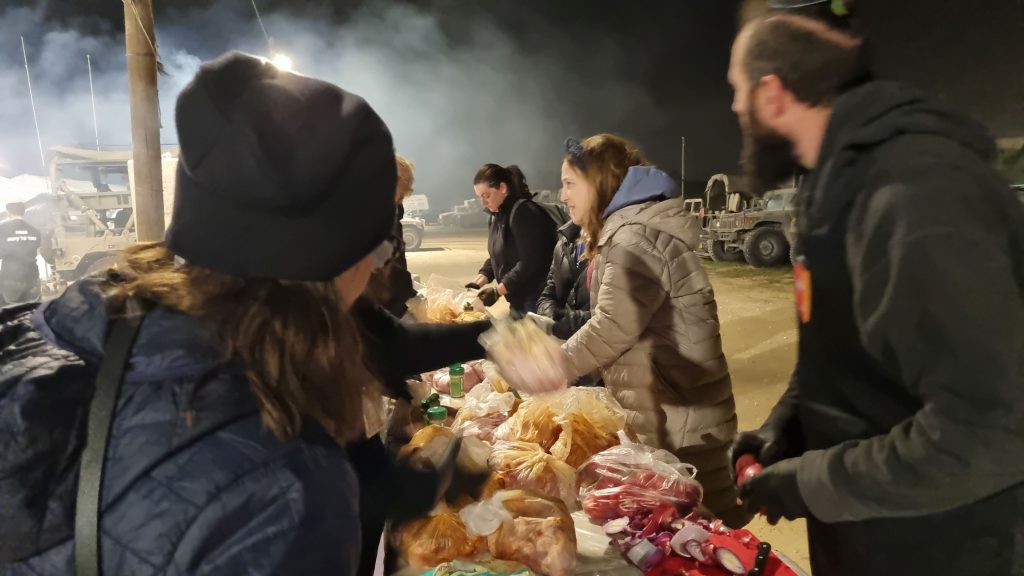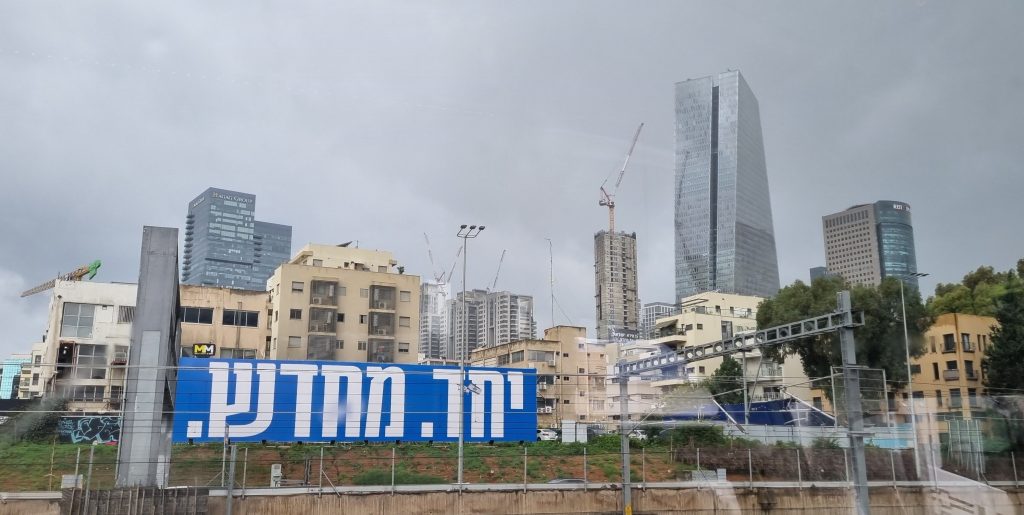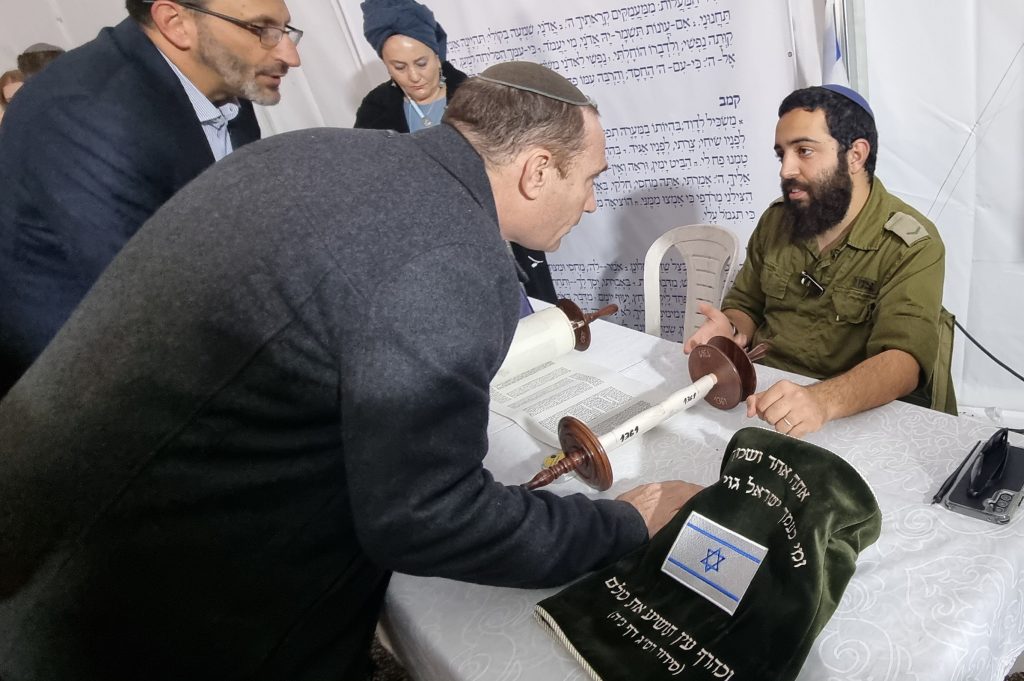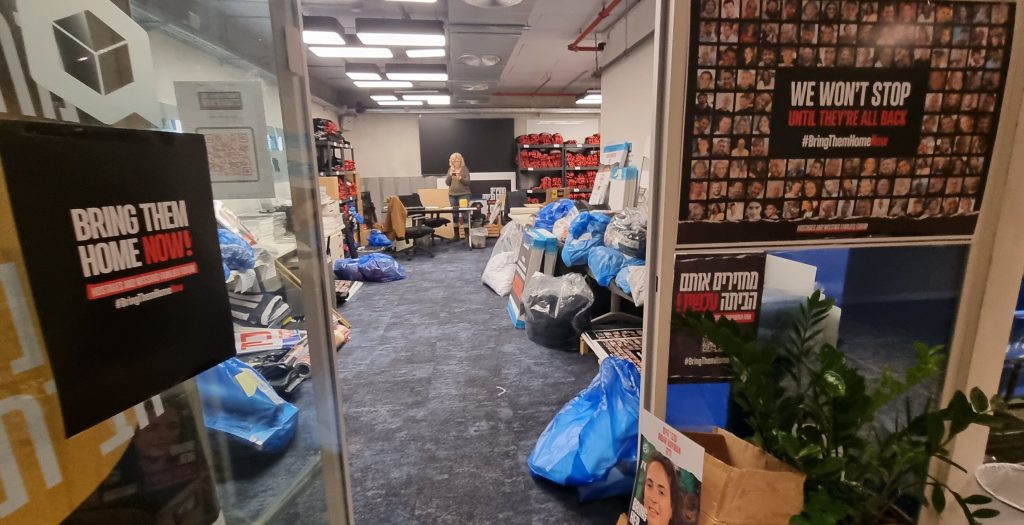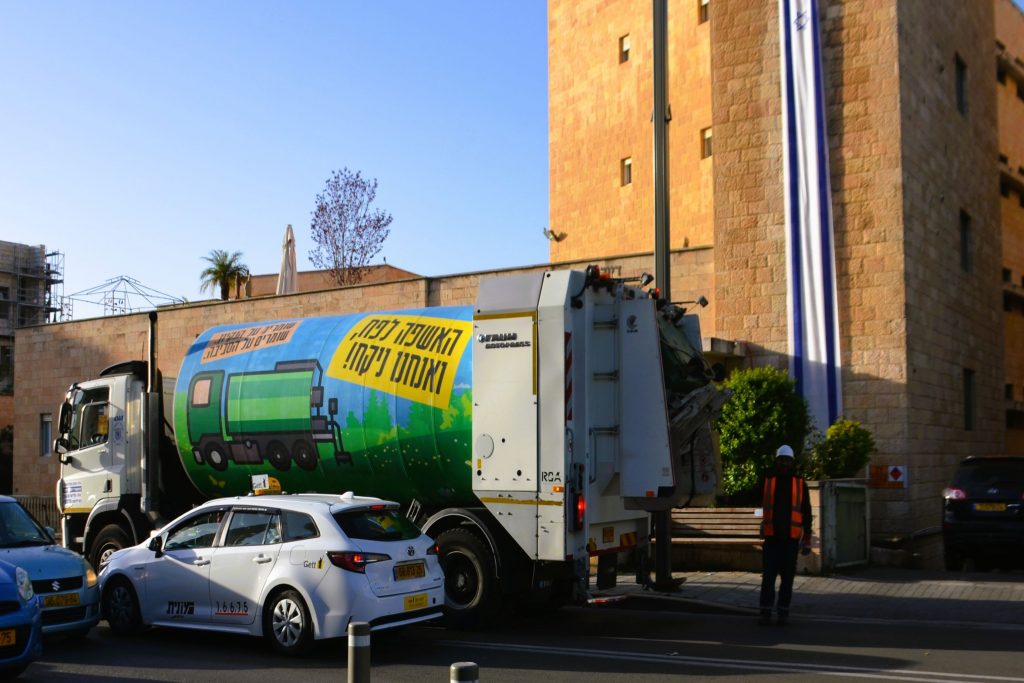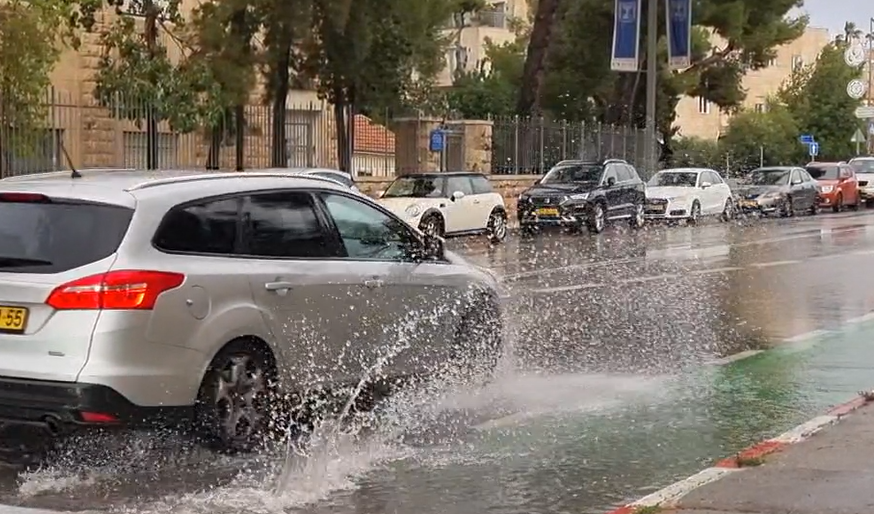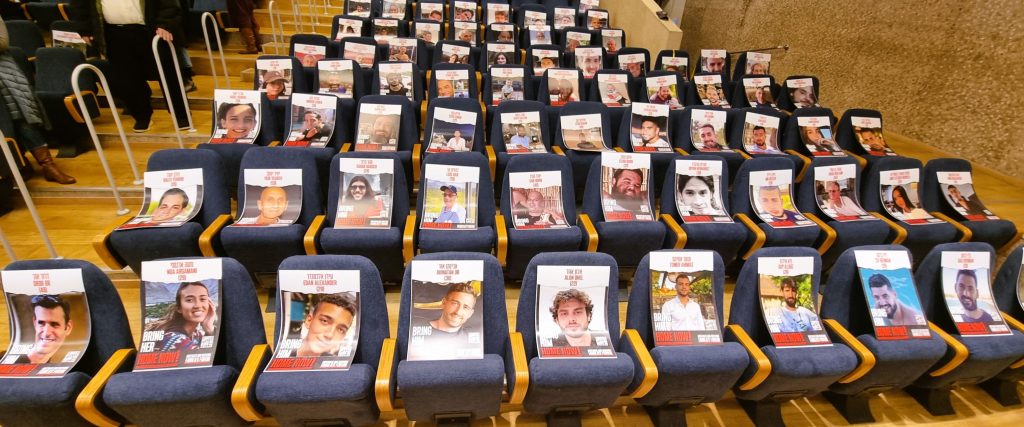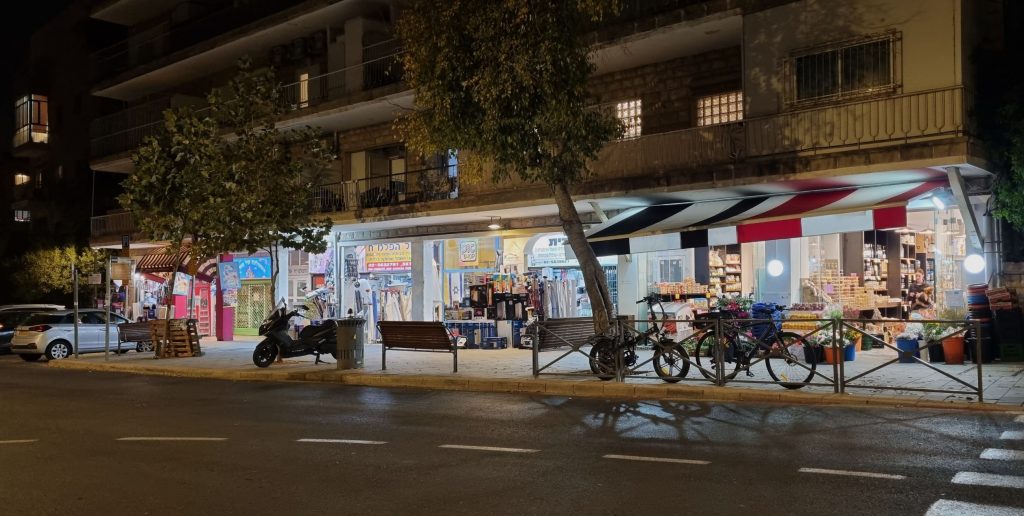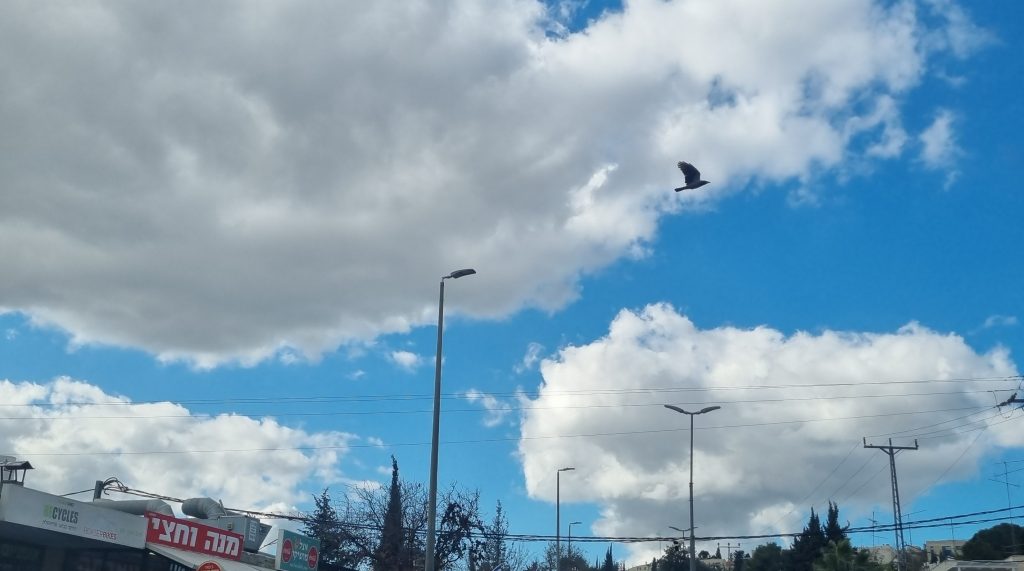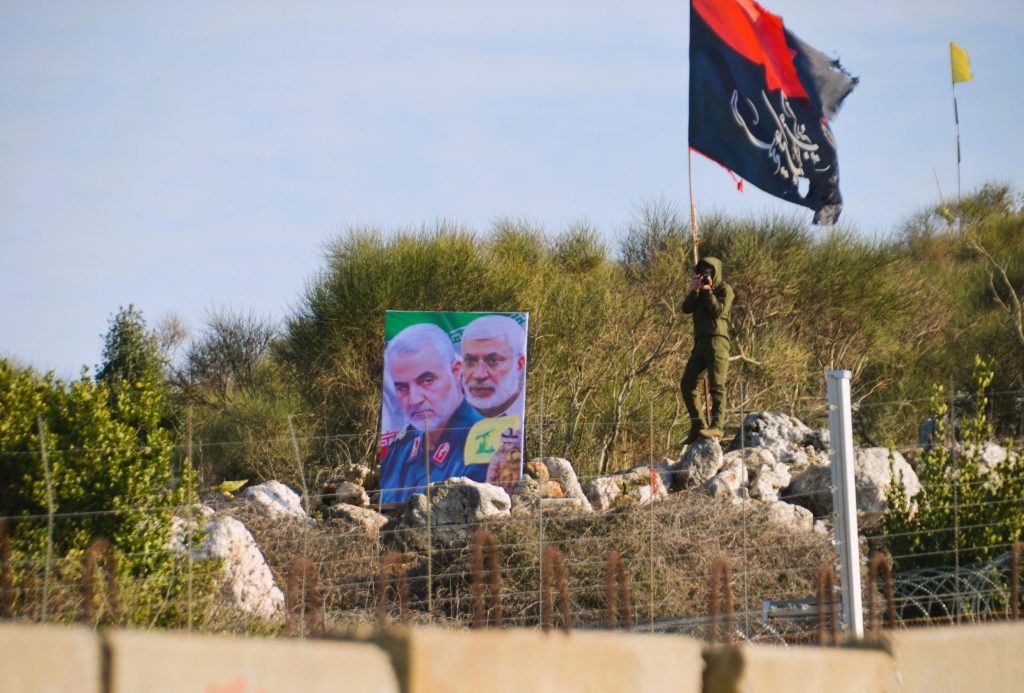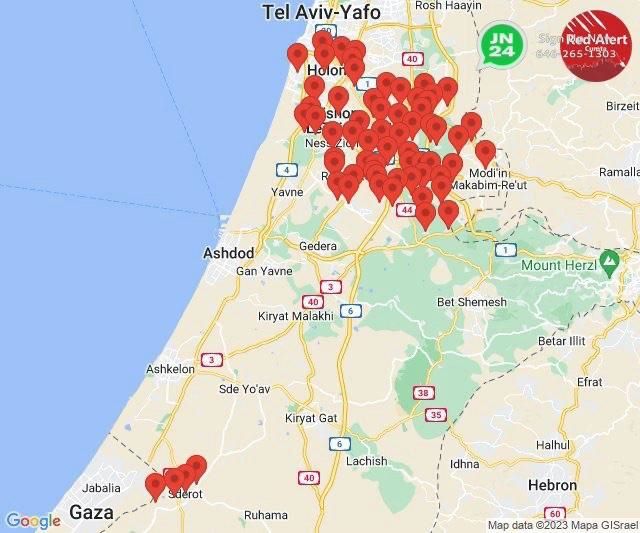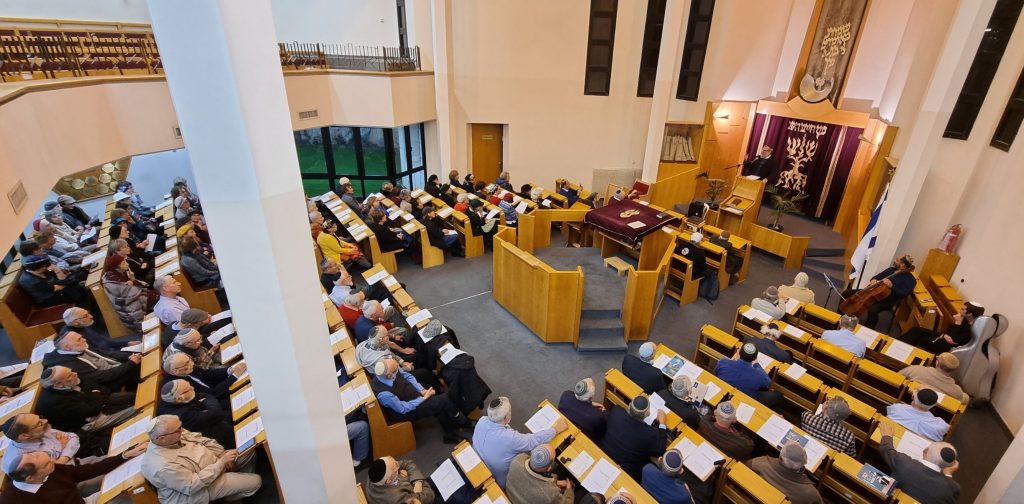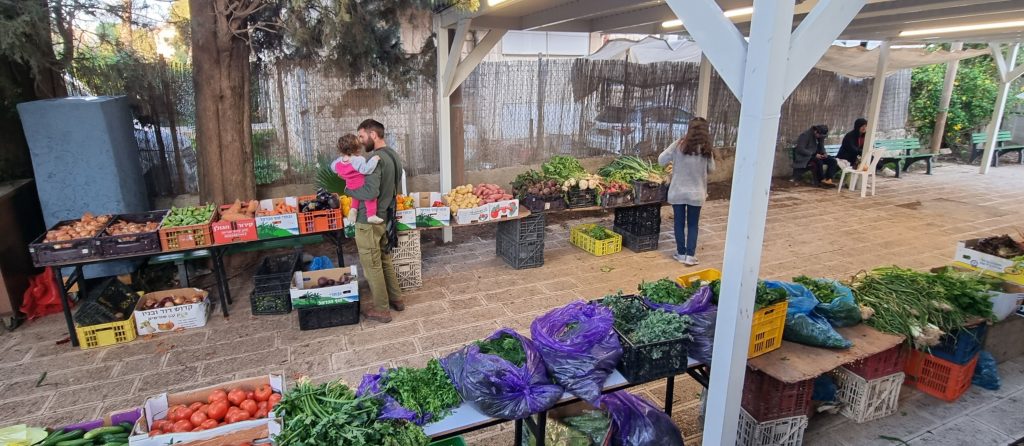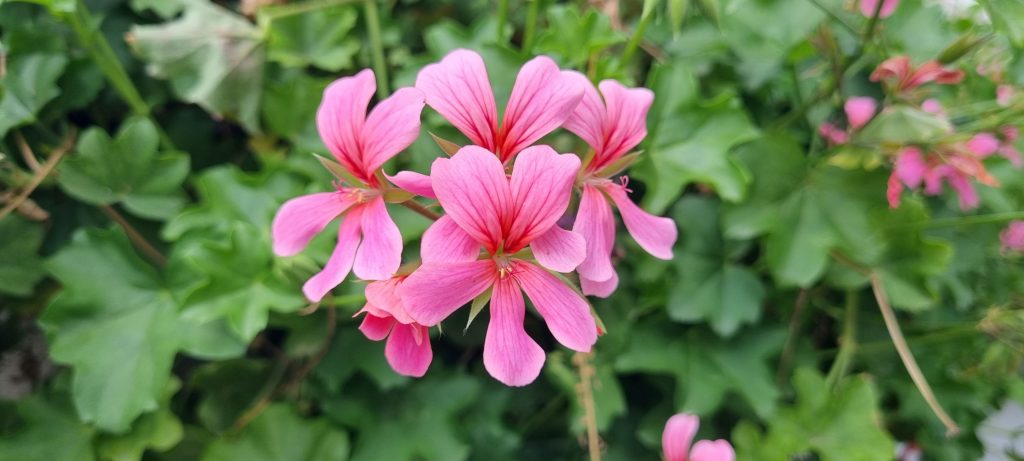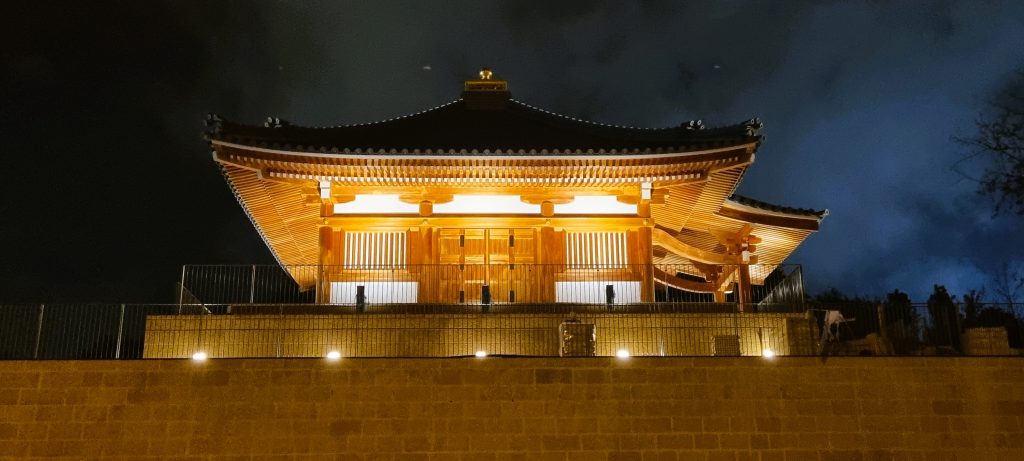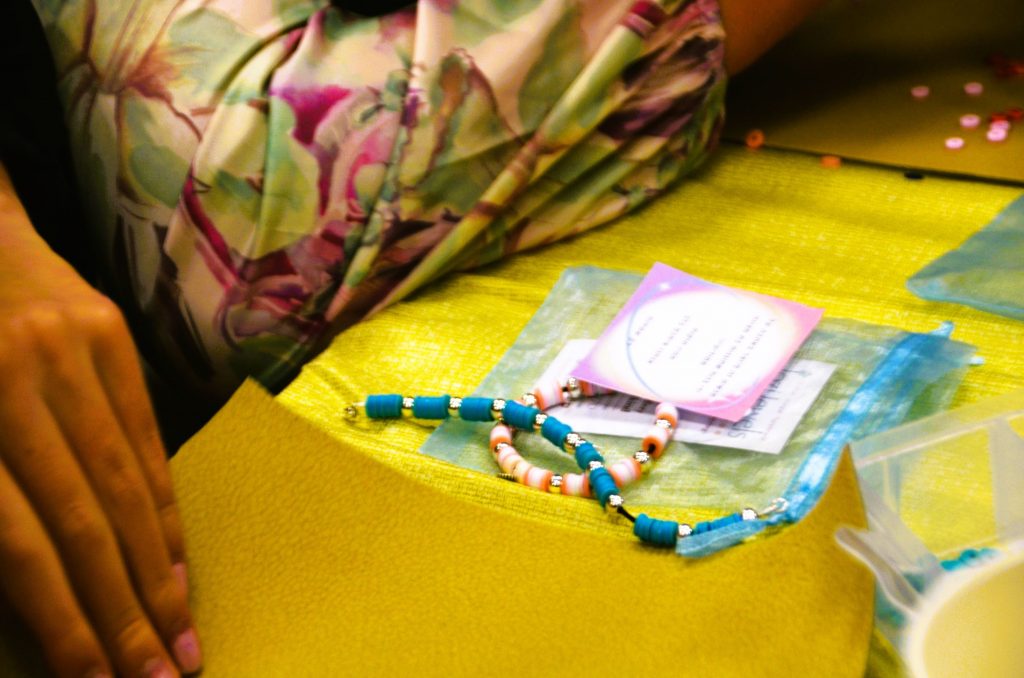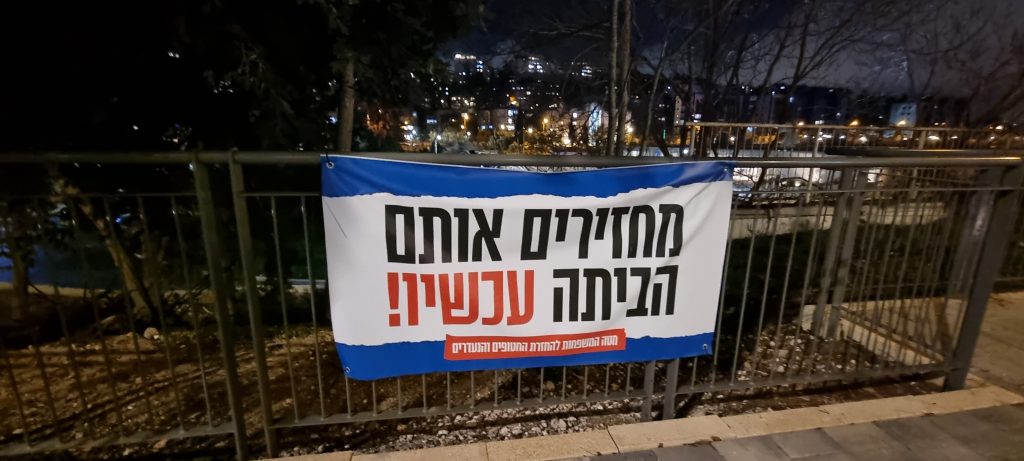Another week wondering where to begin and what to include in what’s happening in Jerusalem, Israel.
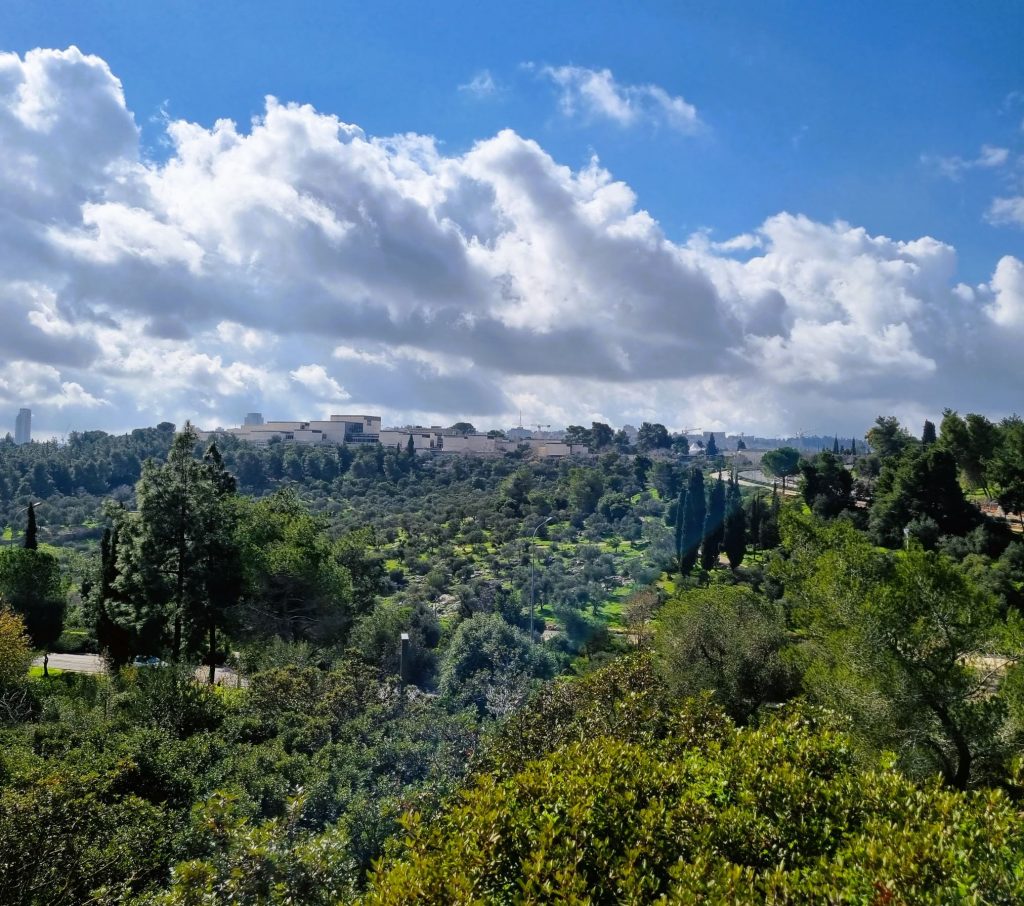
When the rain stopped the clouds were impressive over the Israel Museum and the valley below. After the rain, green grass and wildflowers pop up from the ground to bask in the sunlight.
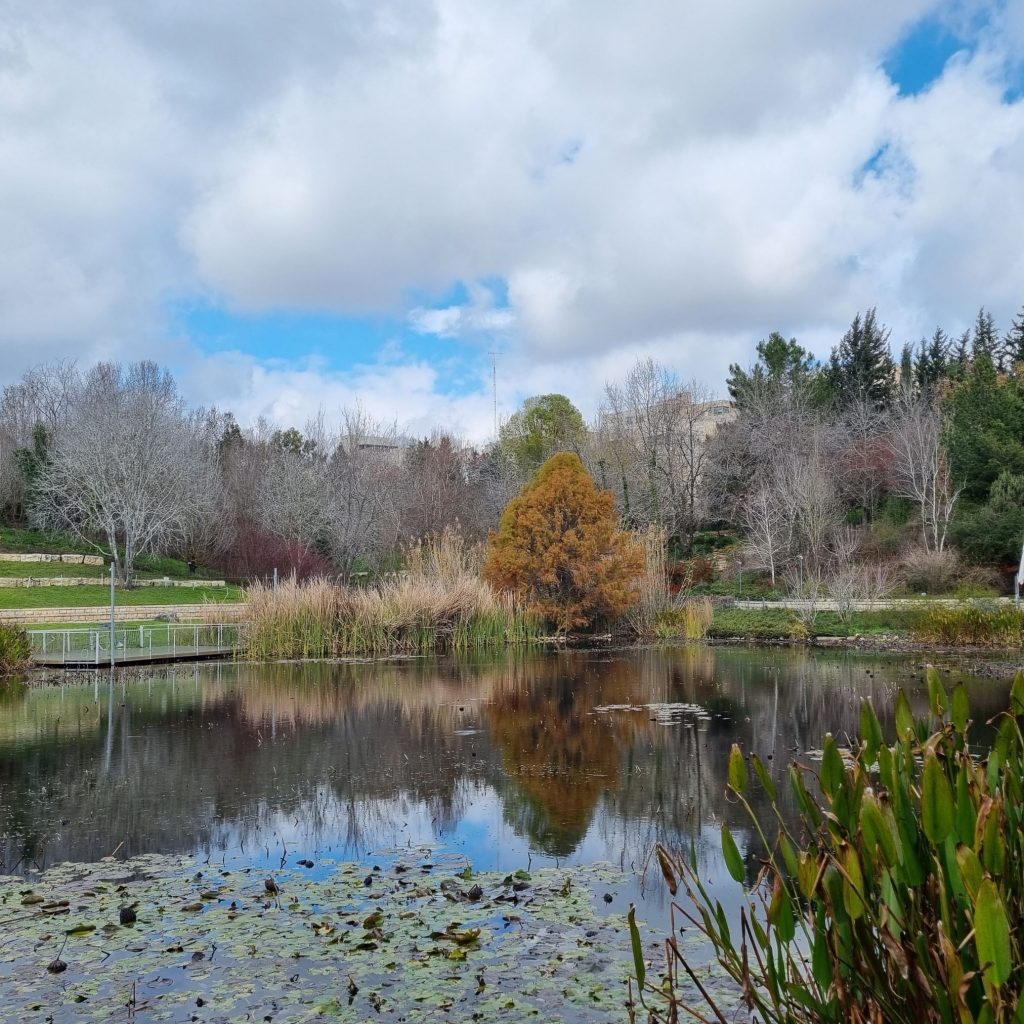
It’s always a good idea to take a moment to see the latest at the Jerusalem Botanical Gardens.
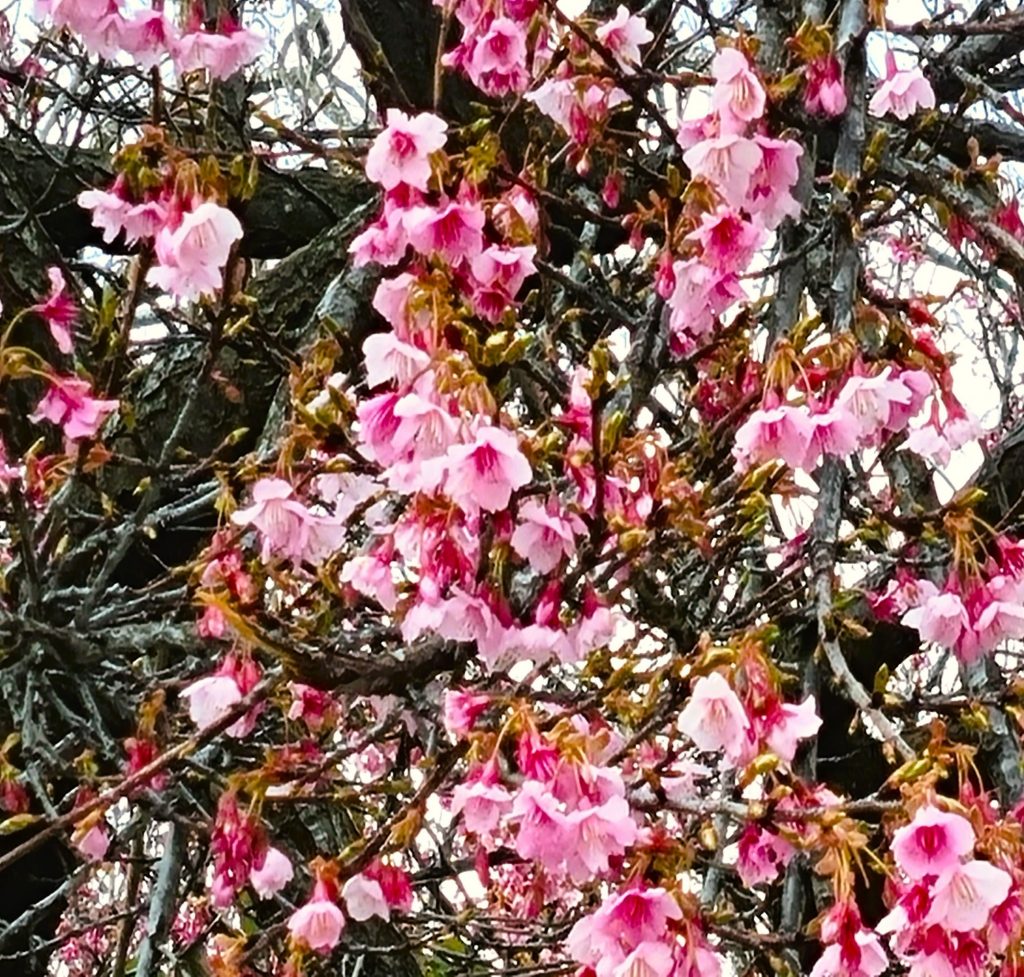
The pink cherry tree blossoms burst out last week.
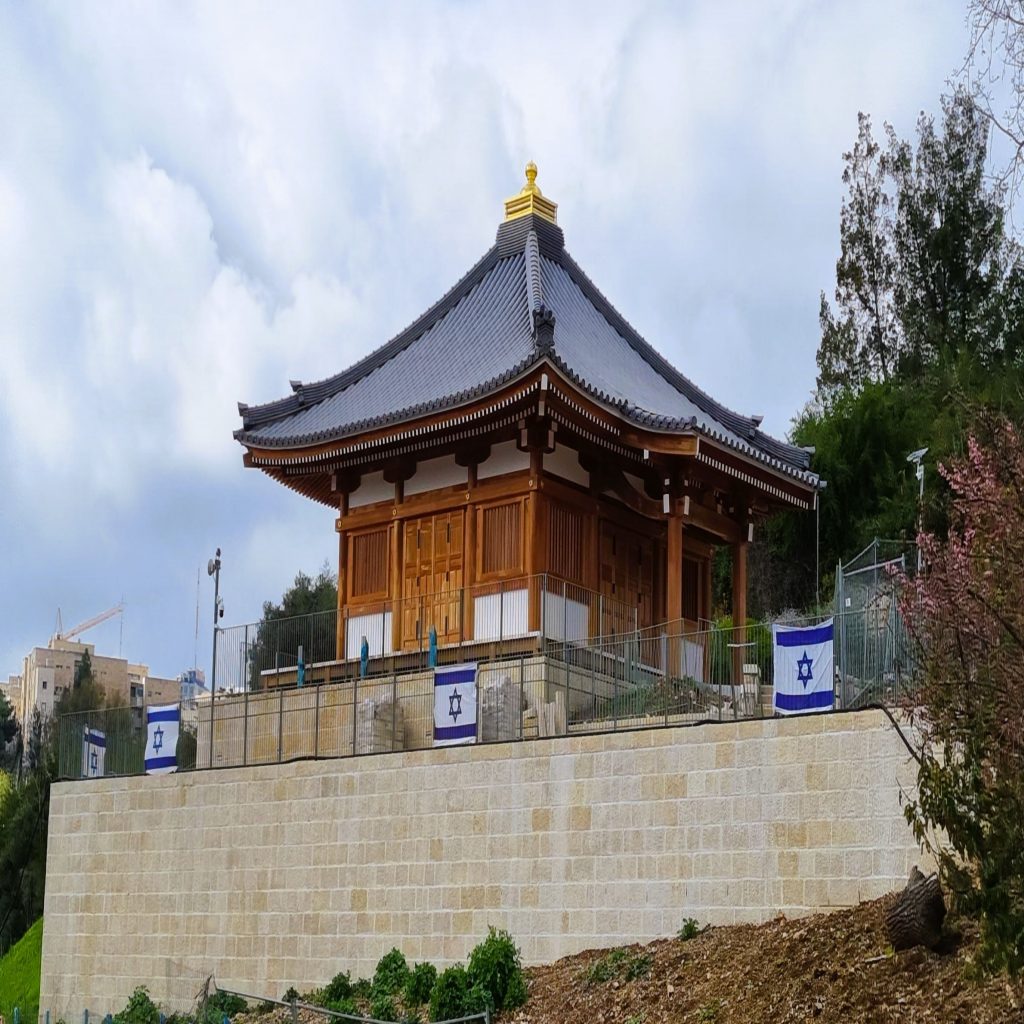
New Israeli flags were posted on the fence around the soon-to-open Japanese Pagoda.
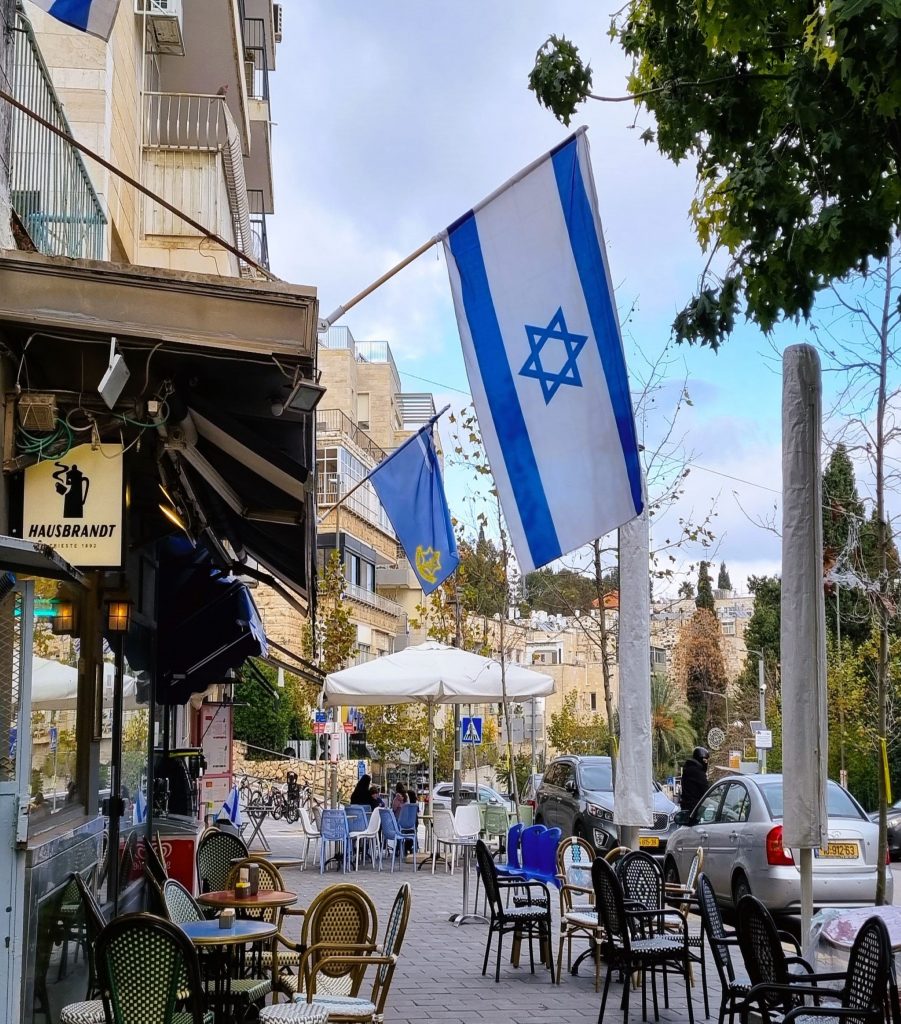
New flags line many Jerusalem streets.
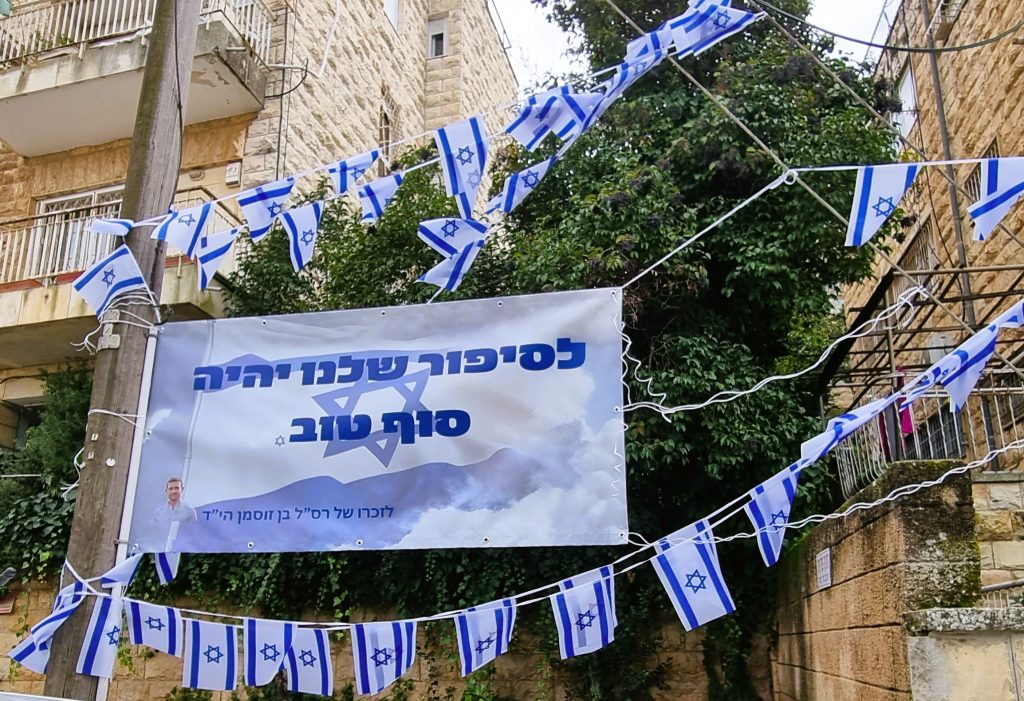
Some new flags and a sign for a fallen soldier were put up across from his former home.
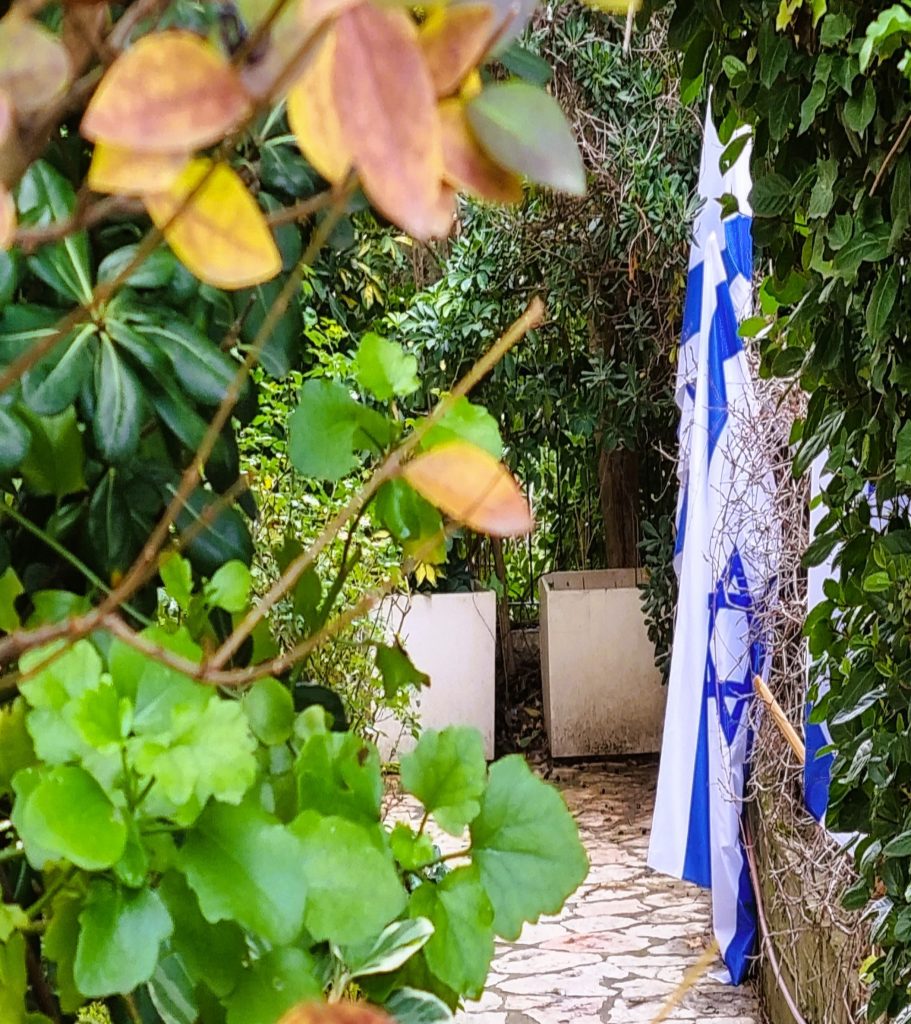
Sadly, too many new flags with the loss of another soldier, killed in the October 7 War.
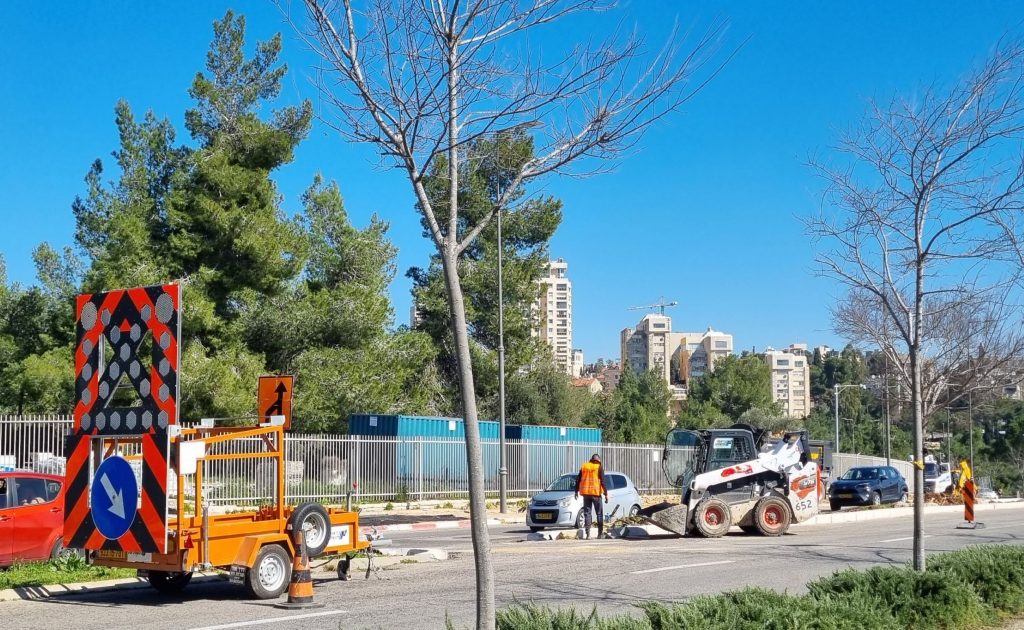
Finally construction work is slowly resuming on the Jerusalem streets. The new path to the starting line of the Jerusalem Marathon has to be completed before the March 8 starting time.
The 13th Jerusalem Marathon will be held during these challenging times, “based on the spirit of struggle, perseverance, determination, and the victory of the human spirit, especially in times of war.”
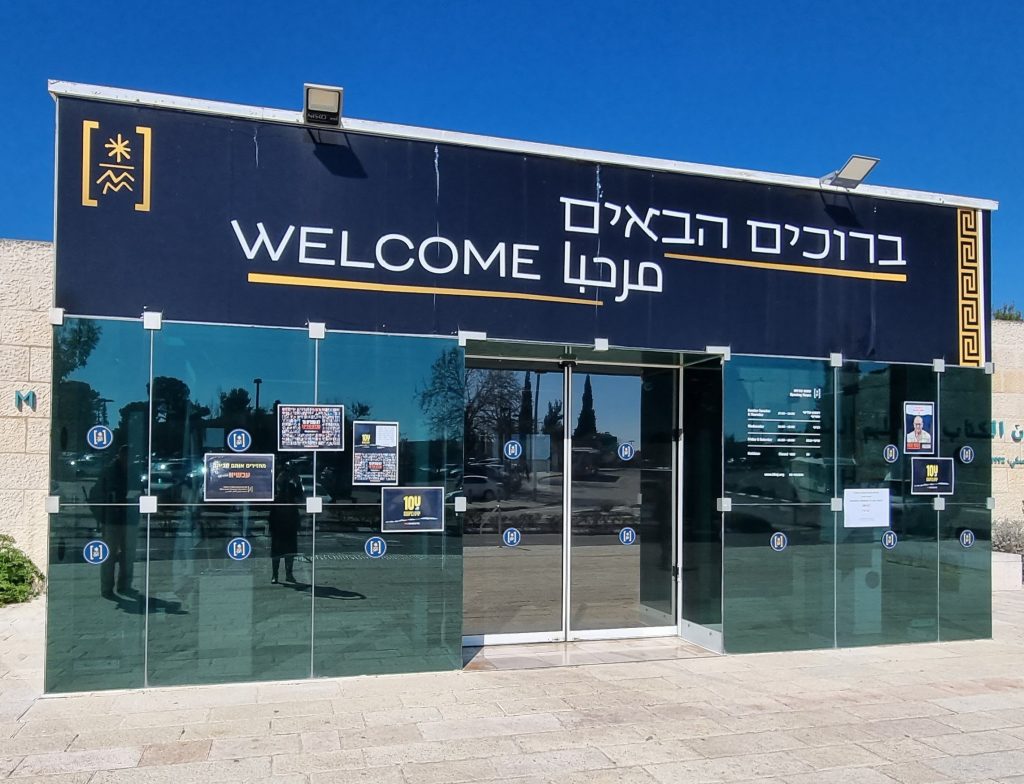
On a visit to the Bible Lands Museum Jerusalem this past week, under this large welcome sign were smaller posters of hostages kidnapped on October 7.
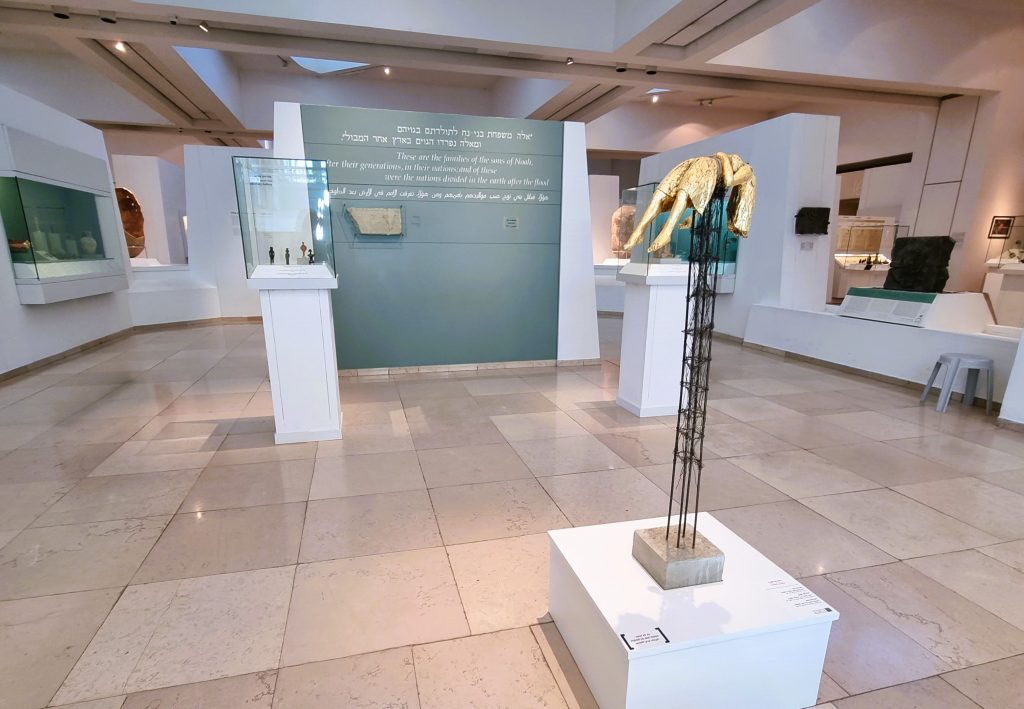
Inside on the second level is a new exhibit ‘Splinter From the Storm’ where contemporary art is interspersed with ancient artifacts.
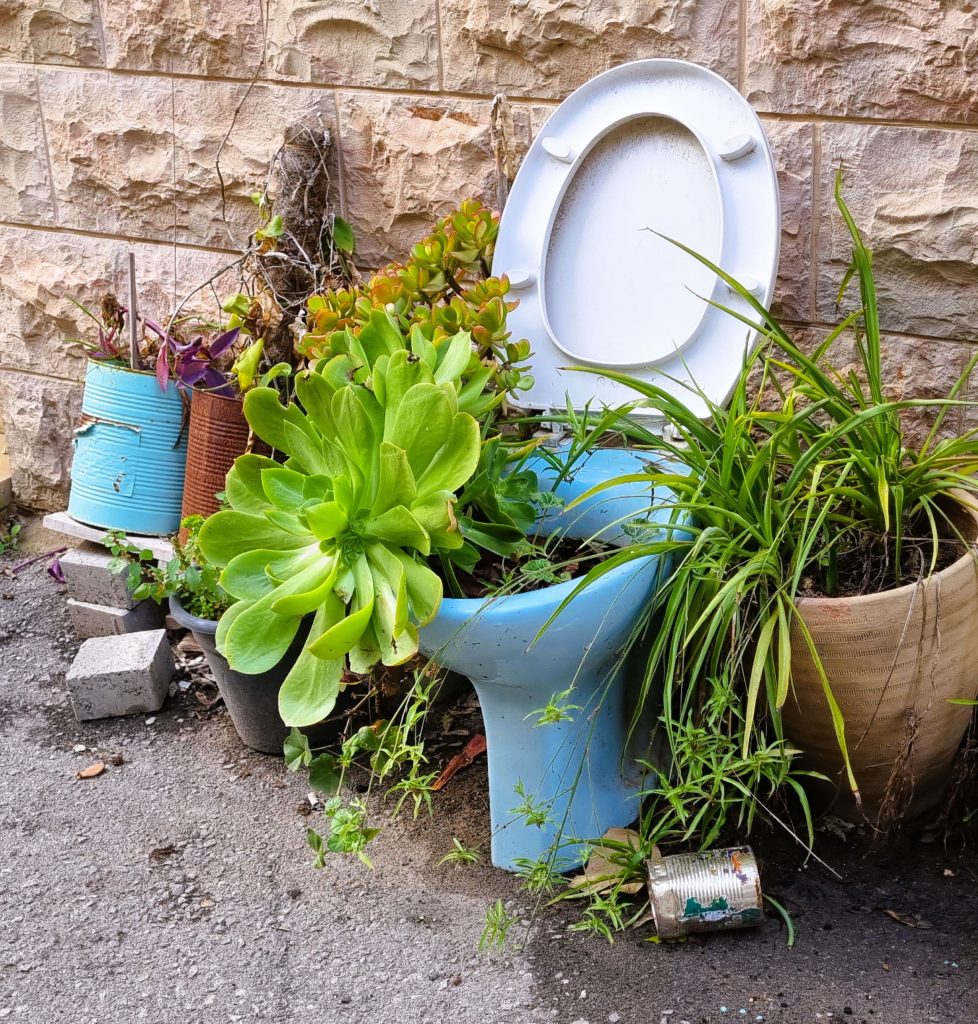
Jerusalem has creative works found both inside museums and along the Jerusalem streets.
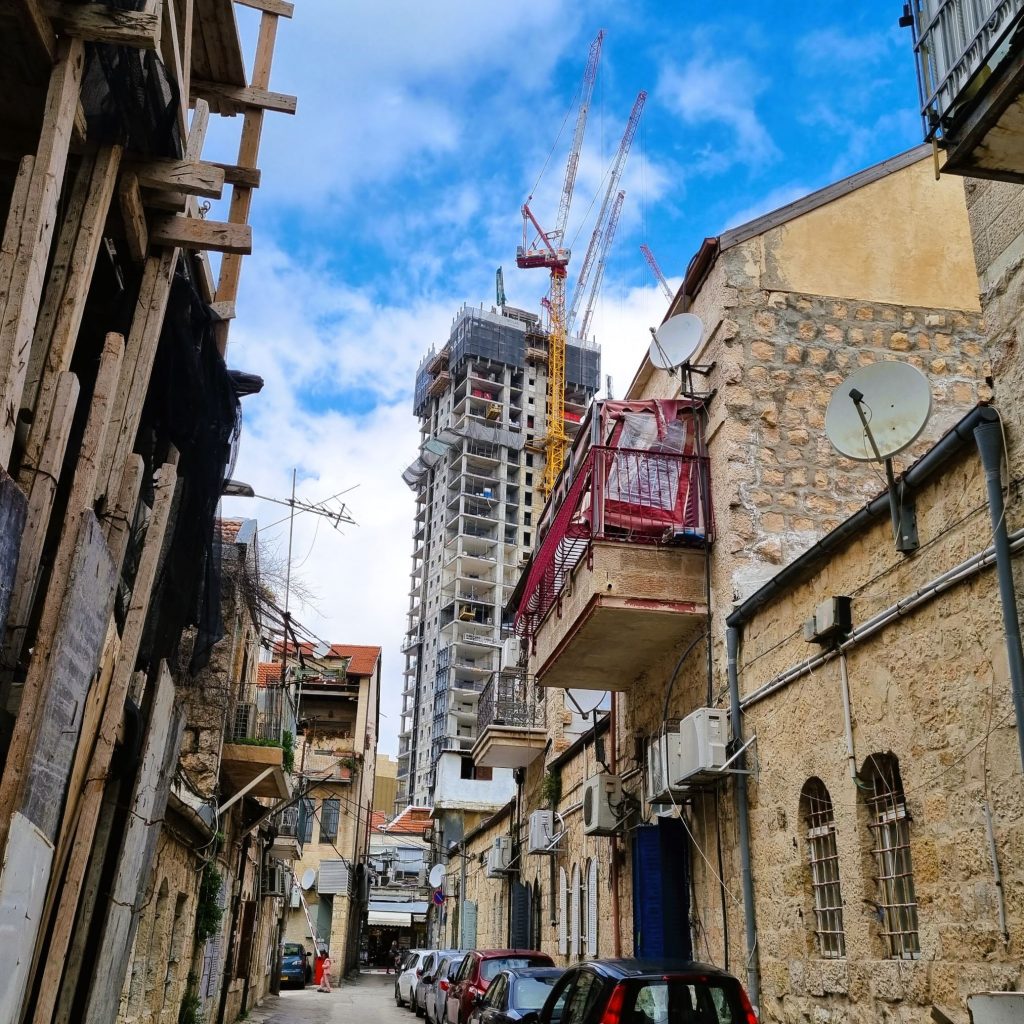
The juxtaposition of old and new is constantly changing as new buildings tower over the old.
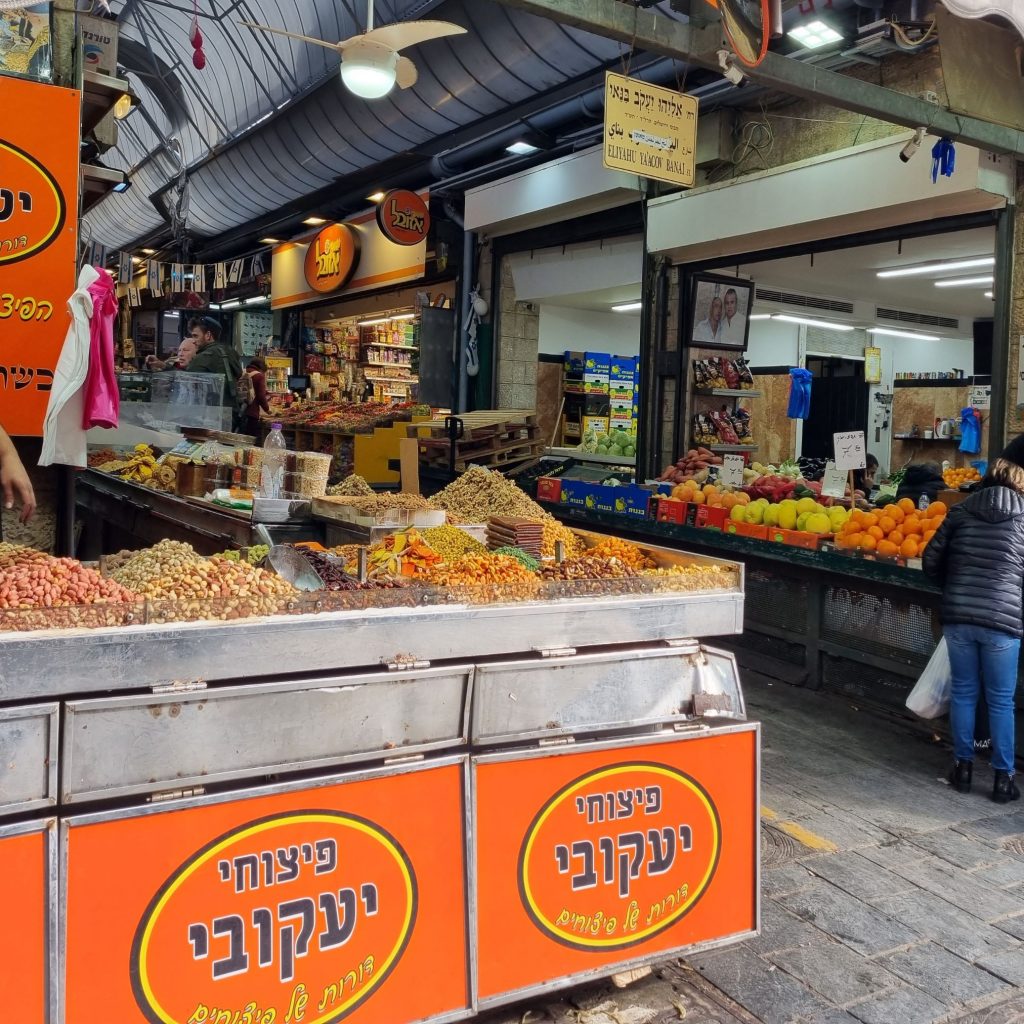
Some things in the Machane Yehuda Market, the shuk, appear the same and constant.
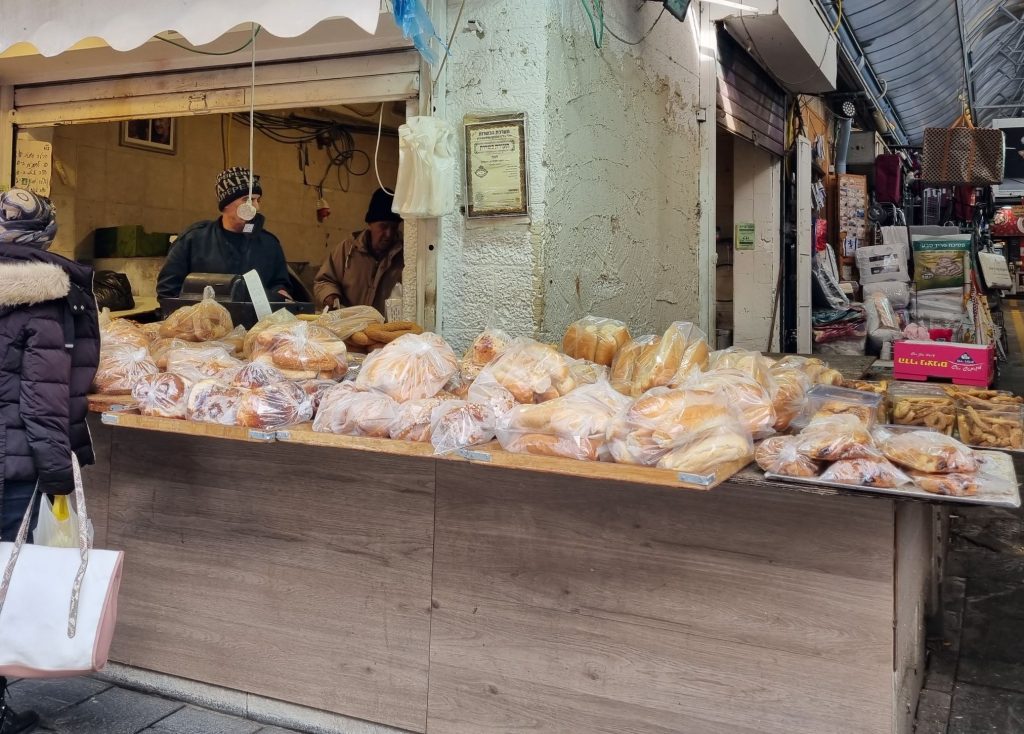
However, seeing bread and rolls packaged in plastic and not in the open is relatively new.
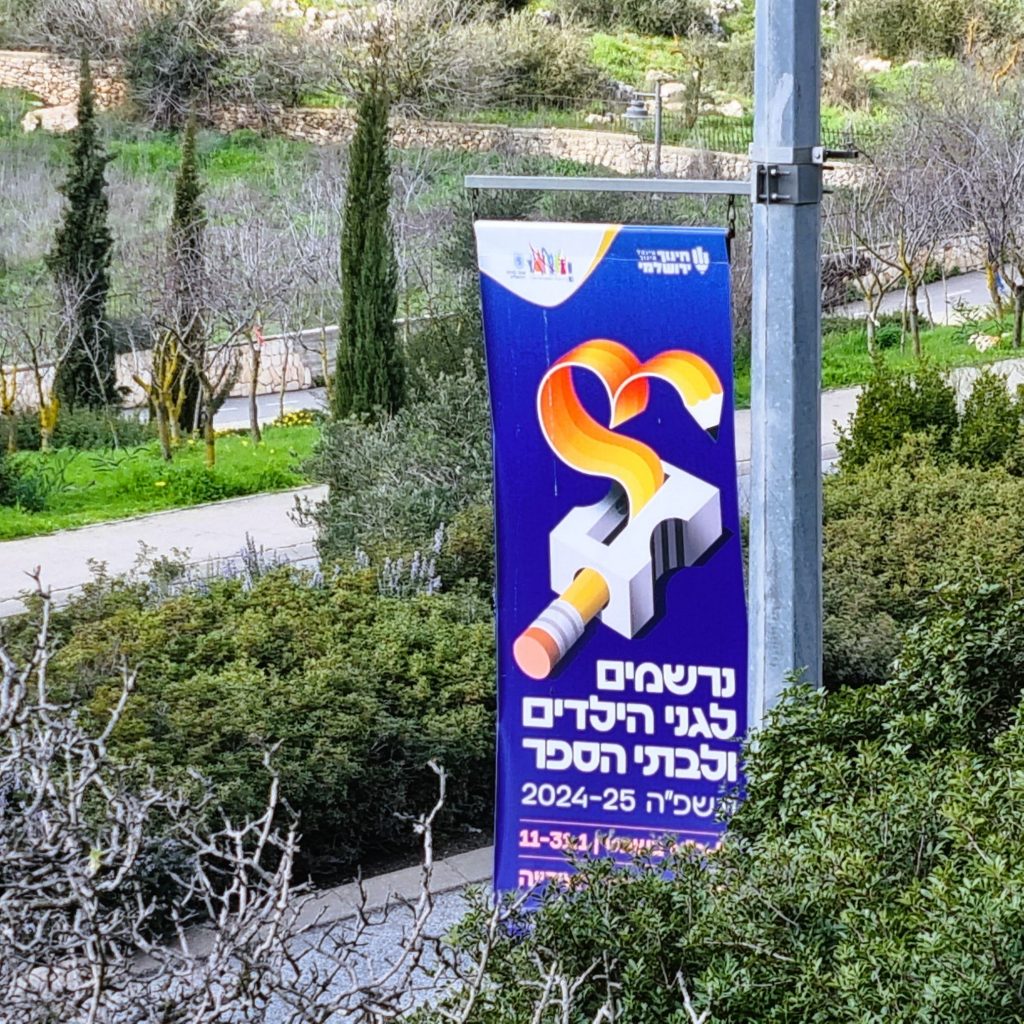
It’s time to sign up for next year in schools as signs along a busy Jerusalem street remind us.
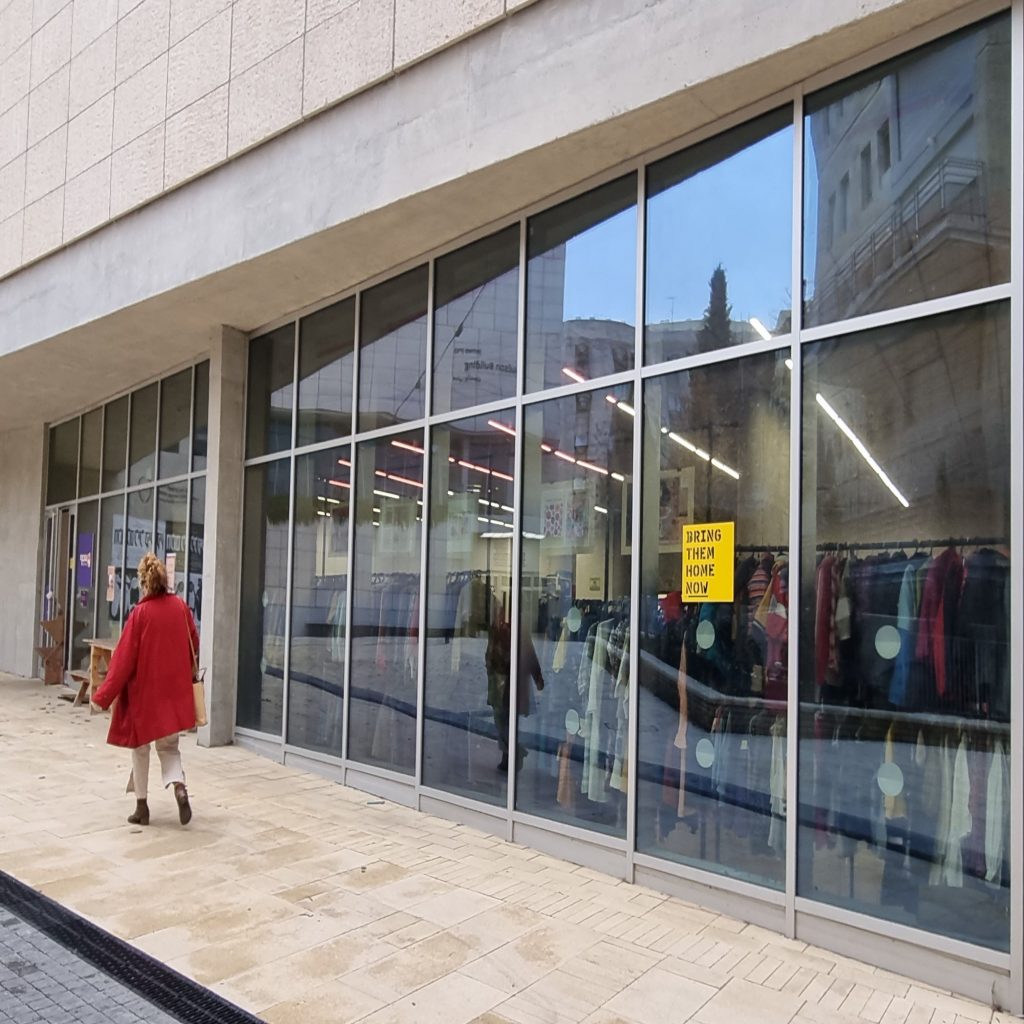
No need for “Bring them home now” signs as a reminder, but they are posted in many windows.
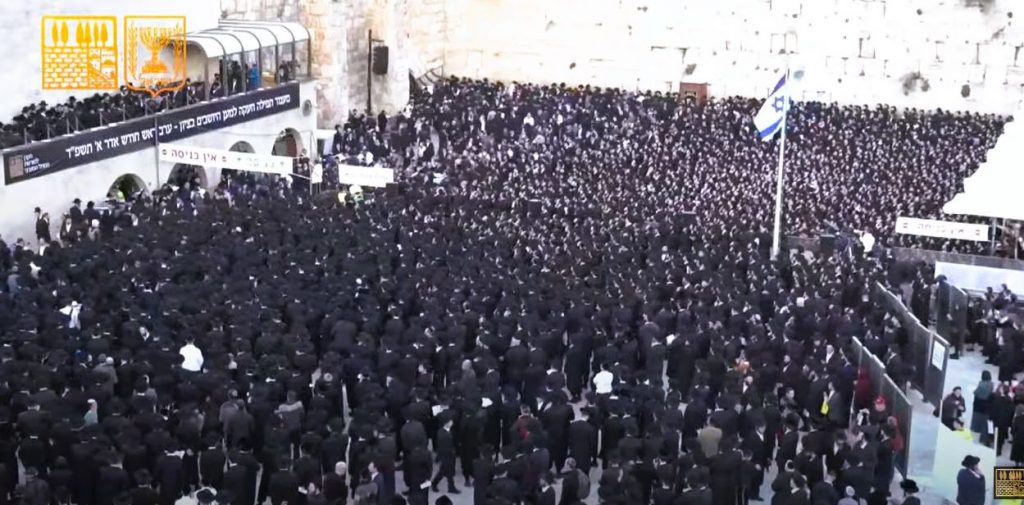
Tens of thousands were at the Kotel, Western Wall on Thursday afternoon, before Rosh Chodesh Adar to pray for the return of hostages. It got less media coverage than other rallies even with both chief rabbis participating in the prayer service.
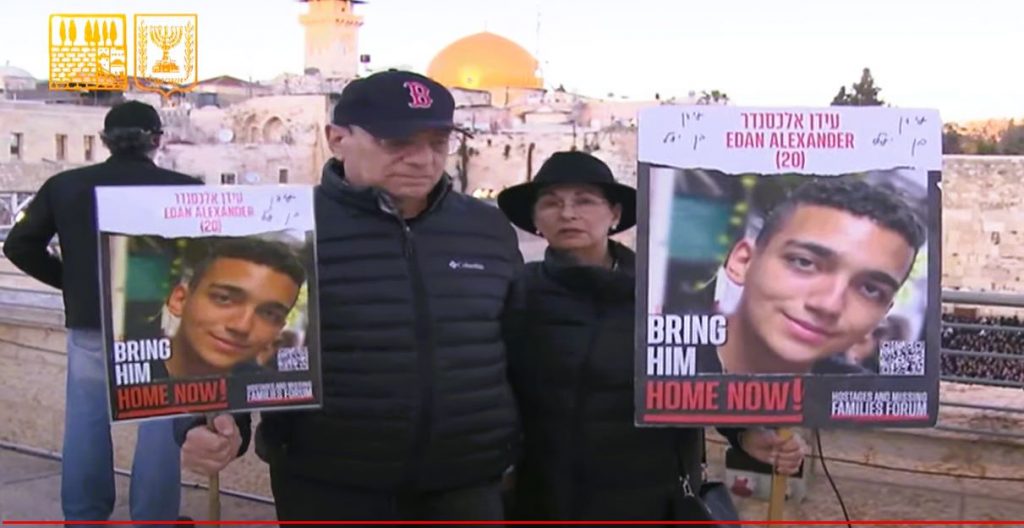
Some relatives were there also, Bring Him/Them Home Now! can be seen almost wherever you go.
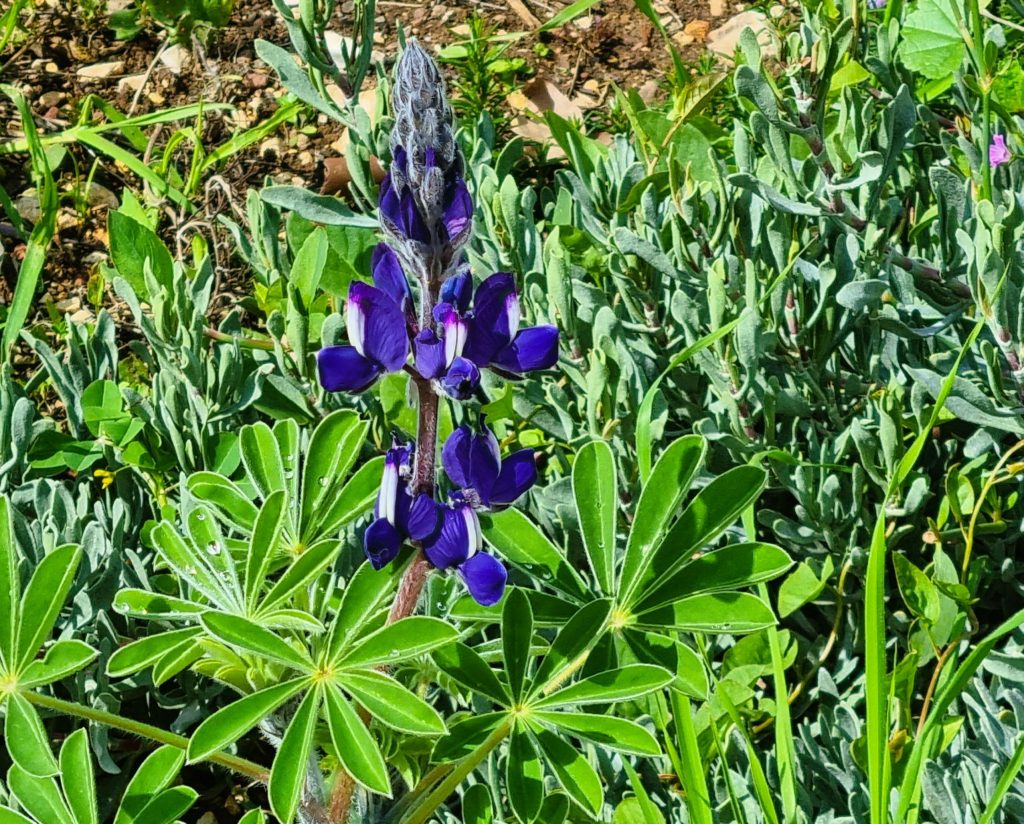
As sad as much of the past four difficult winter months have been, the first lupins have appeared as another sign of spring, new growth, and hope as the days get warmer.
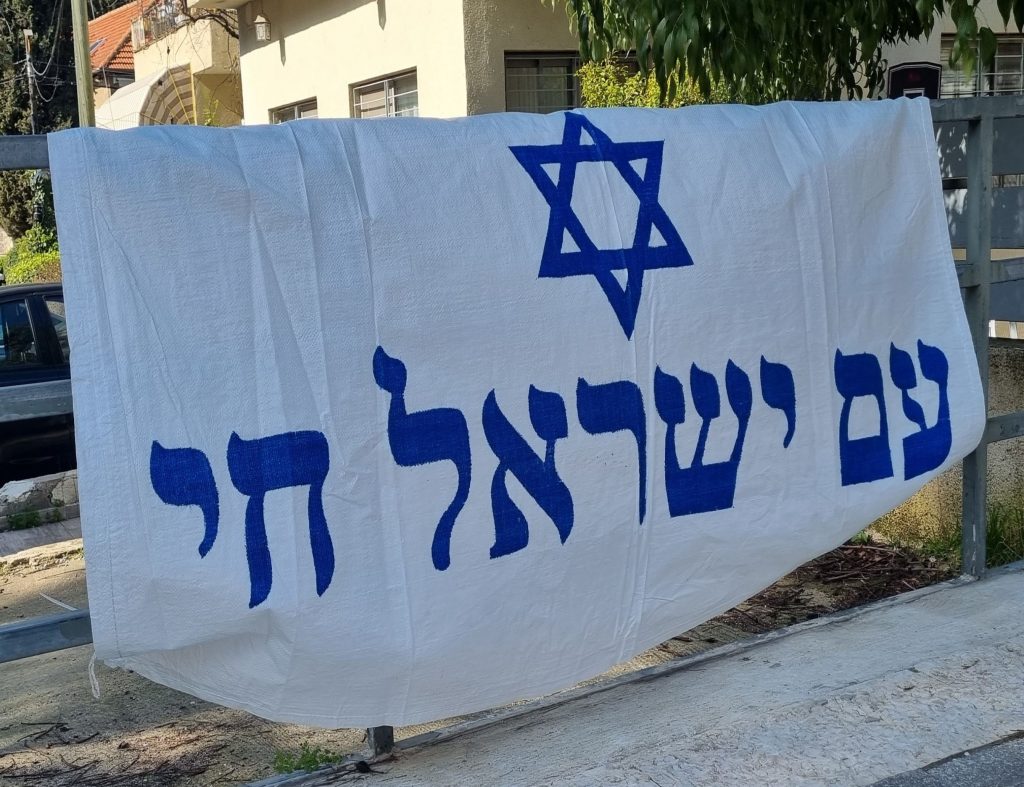
New Am Yisrael Chai banners have appeared on some Jerusalem streets.
It is a good time to get up and go out and appreciate the sunshine.
Seeing what’s new and what else is happening on Jerusalem streets can help improve your mood any day.
